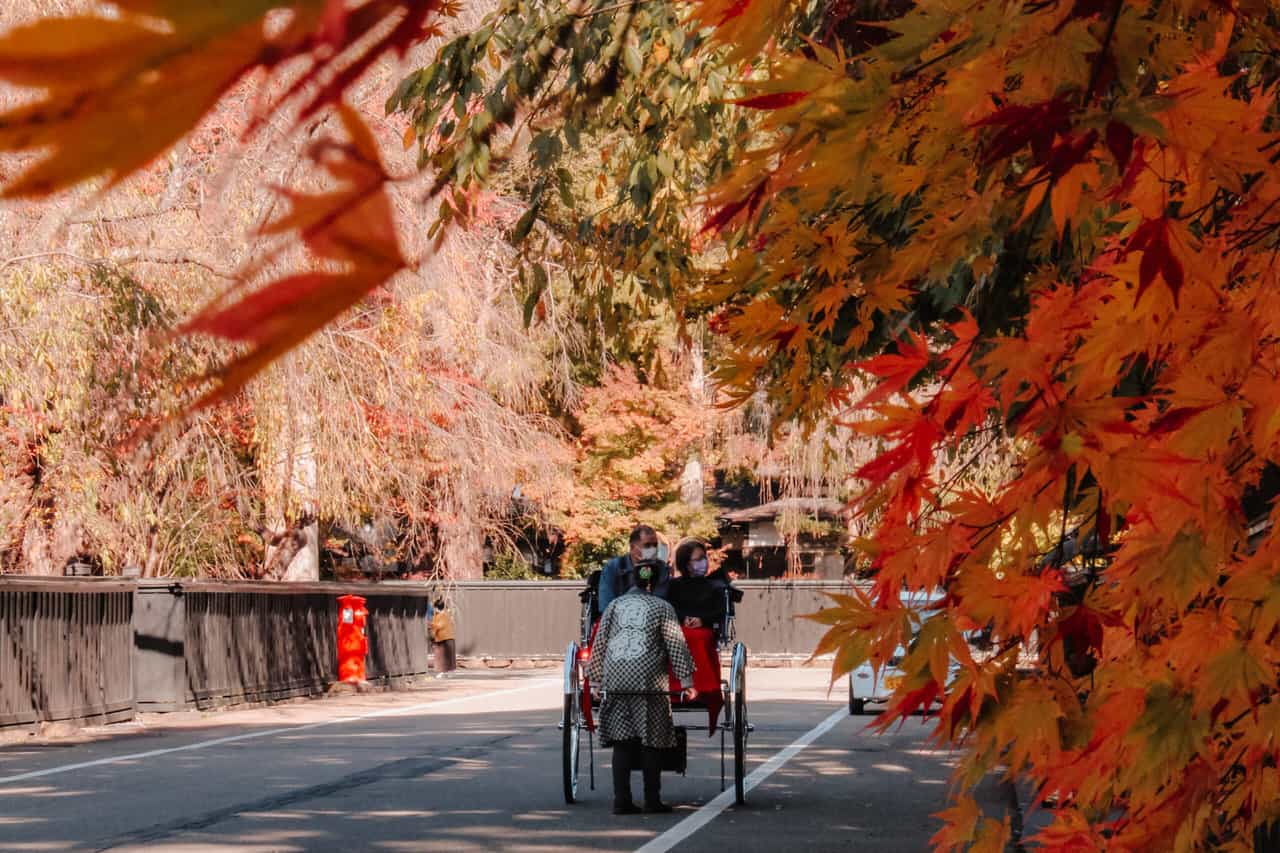More often than not, autumn often gets overshadowed by cherry blossoms in springtime in Japan. However, autumn holds a special place in my heart, as it is the first season I got to wear a kimono and walk the streets of Kyoto, and it is the season I first visited my favorite region in Japan, Tohoku, during the autumn warm welcoming of red, orange, and yellow in the mountain ranges. There’s no shortage of tranquillity in Tohoku, especially with the many beautiful onsens, such as Akita’s iconic Nyuto Onsen.
Last I visited Semboku, it was a very quick dash-and-go of the historical samurai district of Kakunodate (角館). This time, I was able to take my time to get to know Semboku (仙北). The tight community is eager to invite visitors to experience all they have to offer, and there is so much more than just the autumn foliage. Here’s how I spent three days in Semboku city:
- Day 1: Explore What to See and Do in the Kakunodate Samurai District
- Regal Ritz: Sample Autumn Chestnuts at Kakunodate’s First Mont Blanc Sweets Specialty Store
- Vessels and Incense Shop Jugatsu: Shop Charming Japanese Ceramics
- Wahee-gama: Preserving Shiraiwayaki from Edo Period Akita
- Unganji Temple: Pray at the oldest temple in Kakunodate
- Aoni Sanso: Traditional Japanese Ryokan with a Modern Spin
- Day 2: Go Hiking on Mount Komagatake and Glamping
- Day 3: Spend a Full Day of Water Sports at Japan’s Deepest Lake, Lake Tazawa
- Access to Semboku City
Day 1: Explore What to See and Do in the Kakunodate Samurai District
The history of modern day Kakunodate dates back to the Edo period (1603–1868), during which the Ashina and Satake clans ruled. In the glorious days of the samurai, Kakunodate had 240 samurai residences. Currently, six of them are open to the public to offer insight into how wealthy samurai families lived.
I was pleased to visit Odano Samurai House, which was used as a residence since the 1600s. The Odano family moved from Hitachi Province with the first lord of Akita, Yoshinobu Satake. They are well known for their excellence in arts and specialize in creating medical reference drawings. Walking into the estate, you are first greeted by a mossy green Japanese garden featuring stonework and maple trees. The sliding doors in the main building are open for you to take a peek inside.
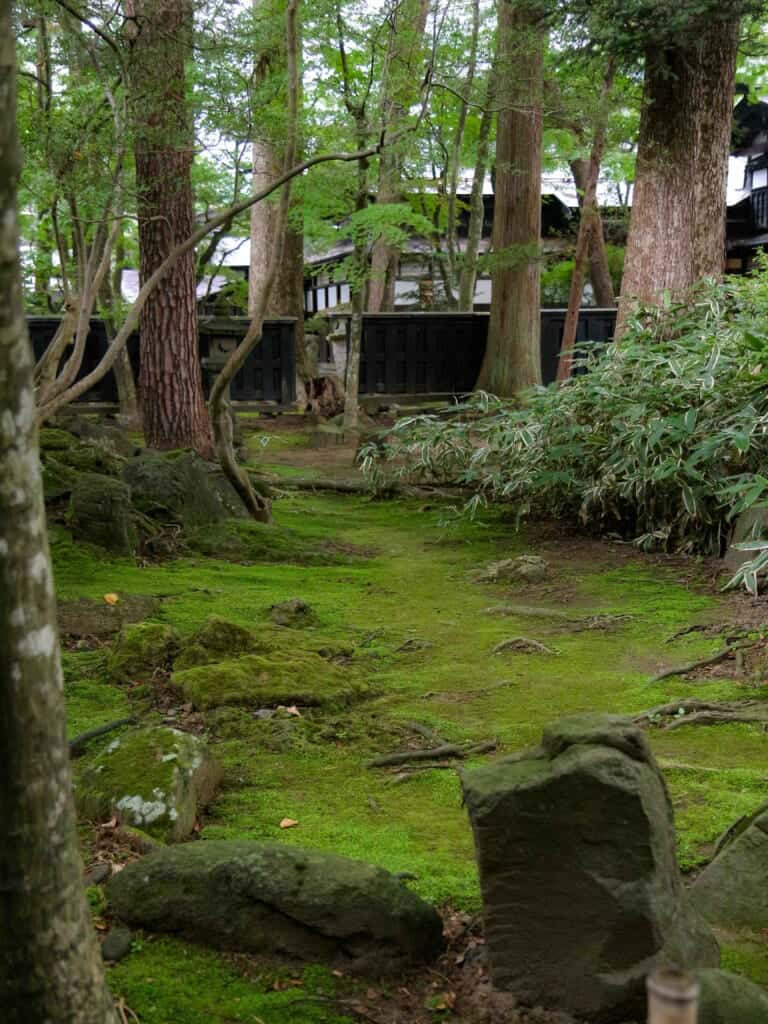
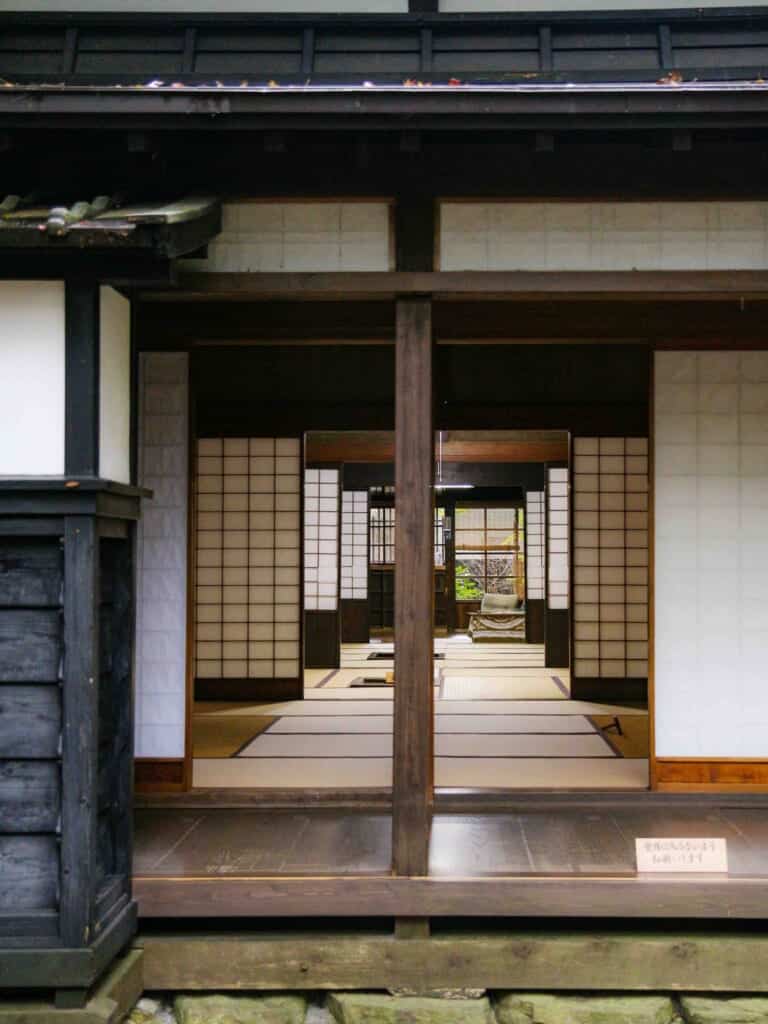
Regal Ritz: Sample Autumn Chestnuts at Kakunodate’s First Mont Blanc Sweets Specialty Store
One business that holds significance in Kakunodate is the Ando Miso Soy Sauce Brewery, which now houses a Regal Ritz store. The brewery was founded in 1853 and was recently transformed into Kakunodate’s first Mont Blanc sweets shop. Chestnuts are an icon of Japan’s autumn season, so I couldn’t miss out on trying a Mont Blanc pudding cake at Mont Blanc Sweets Store Regal Ritz. Since Kakunodate has been considered the hometown of chestnuts for over 300 years, there is definitely no shortage of those.
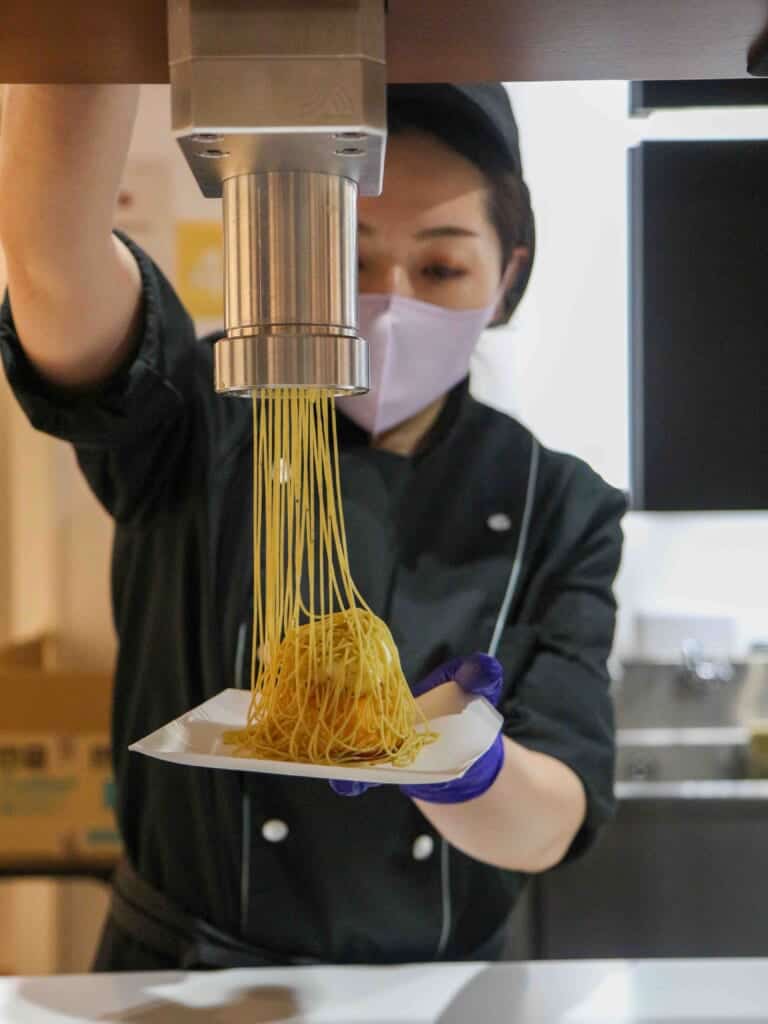
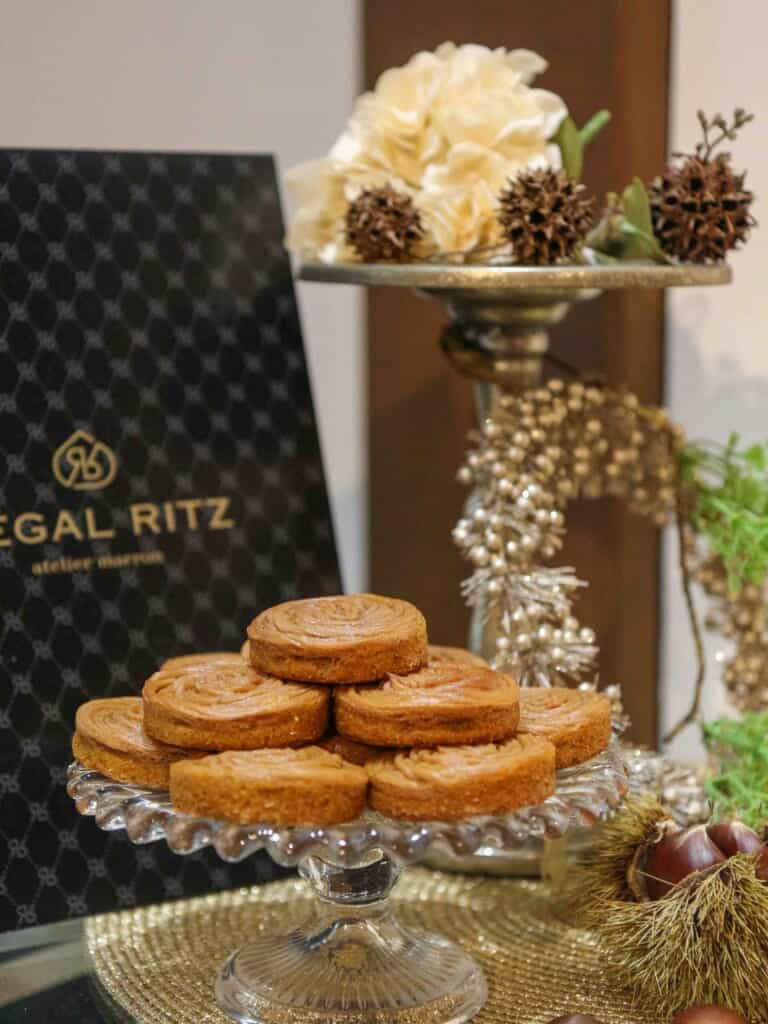
Vessels and Incense Shop Jugatsu: Shop Charming Japanese Ceramics
Ceramic art is long and well-establish in Japan, and there are many pottery styles. Tucked away on the side streets of Kakunodate’s Samurai District is Vessels and Incense Shop Jugatsu. The house is presented as is, with furniture not much changed, with the exception of a few antique chests picked up by the owner. Some date back to the early 1900s, which came with Missionaries and other travelers.
The owner is a very friendly and welcoming lady who will happily tell you all kinds of wonderful stories about how each item was acquired in the store. We spent a lot of time talking about the collection of different ceramics that are sold here. She found them all over the country, items such as mugs, plates, vases, and incense holders. Besides each collection, there is a short description of the origin and making technique, so it’s almost like you are learning about Japan through these carefully selected art pieces. You can also bring home a piece with you, as all items in the store are available for purchase.
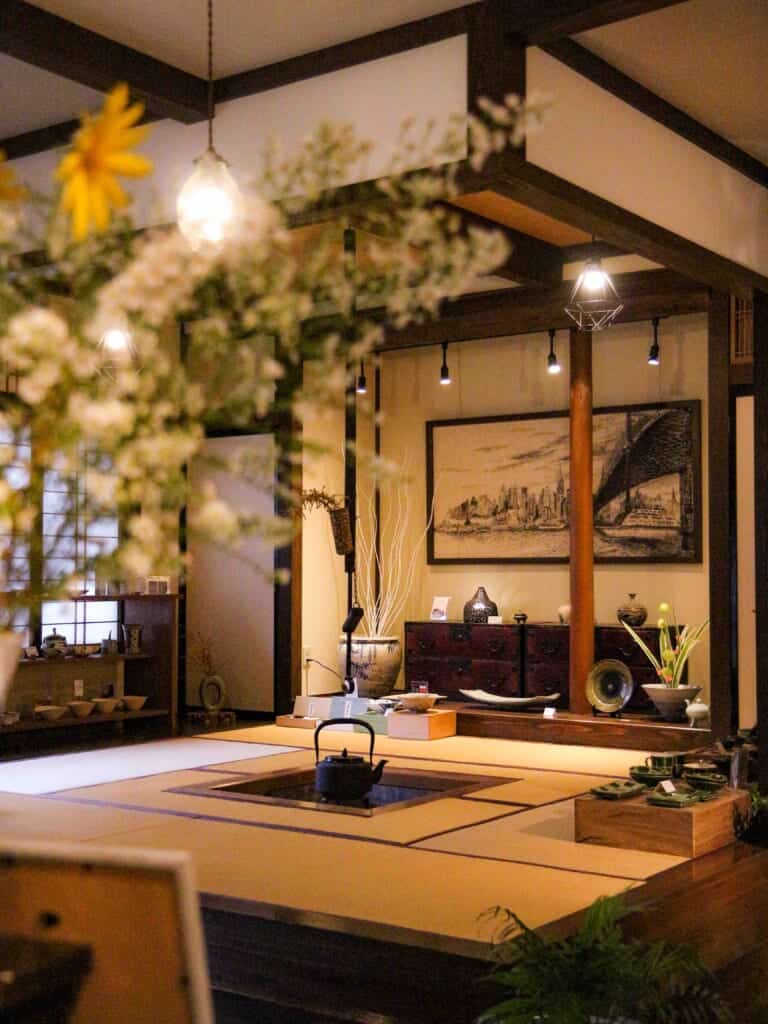
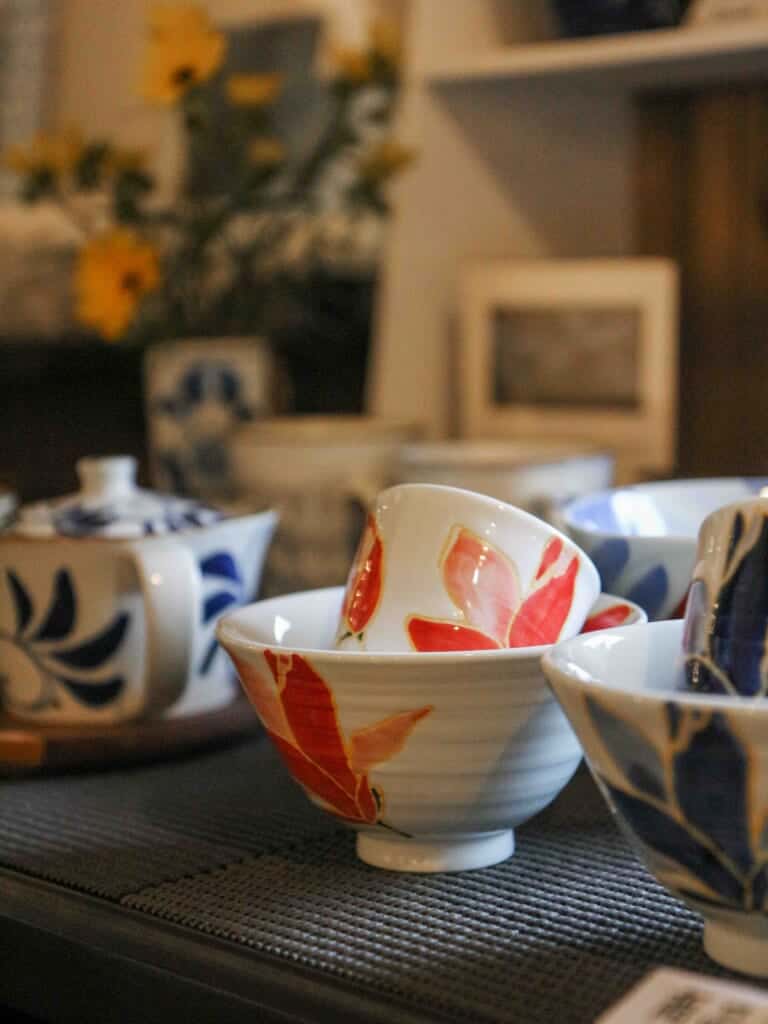
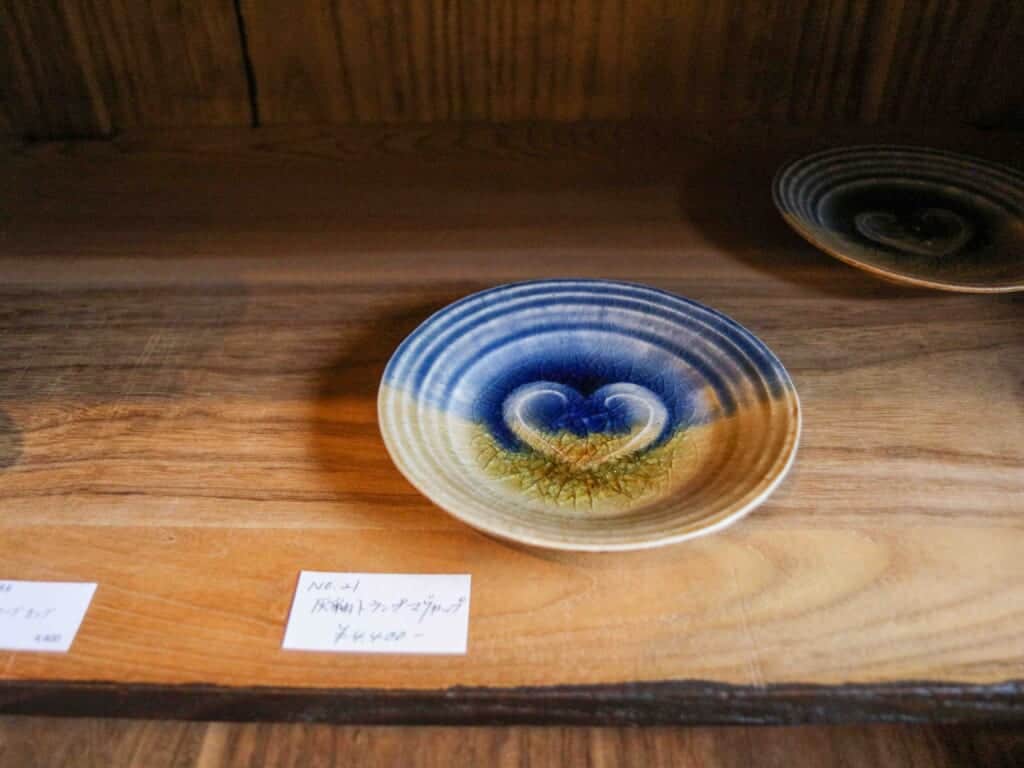
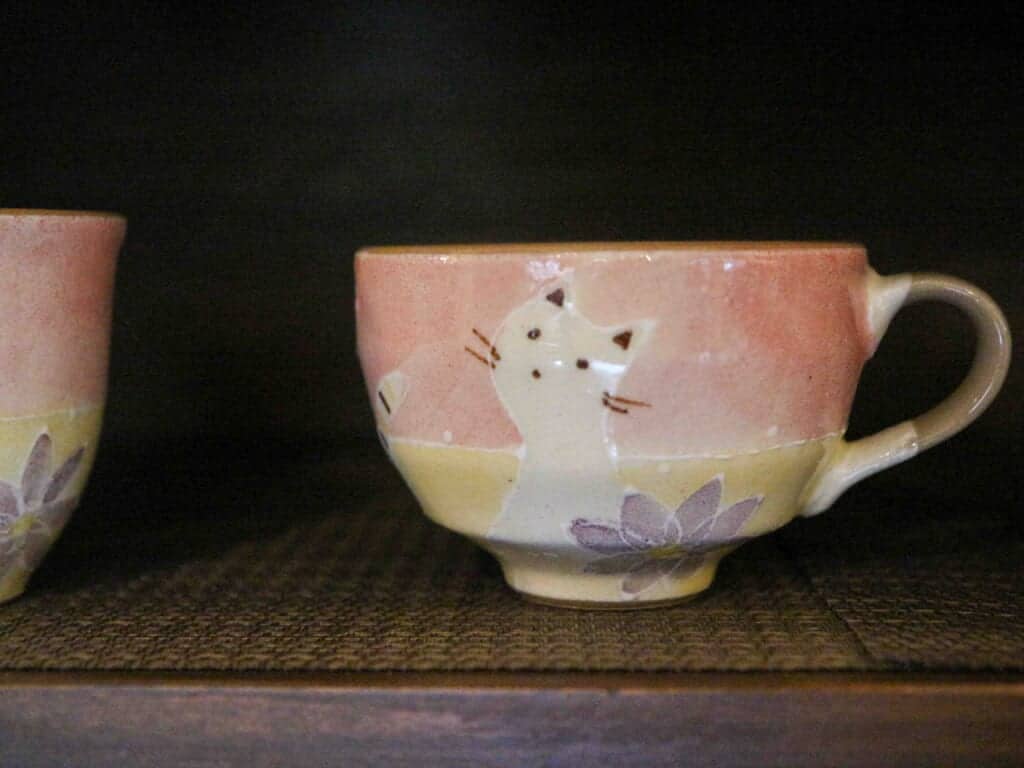
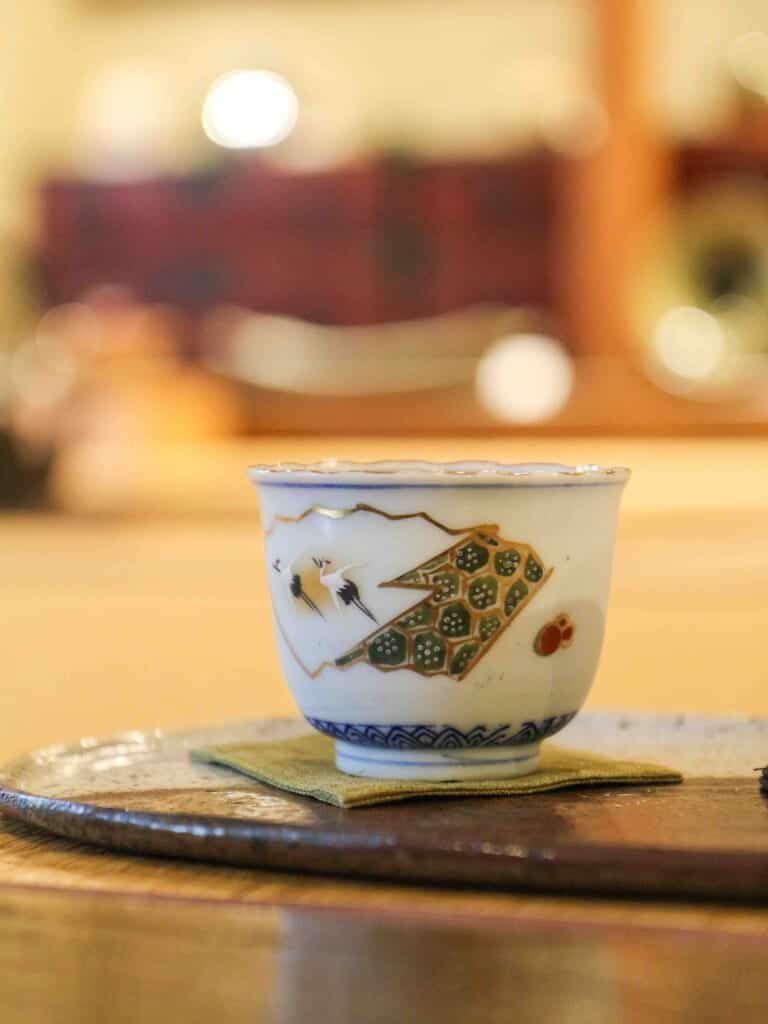
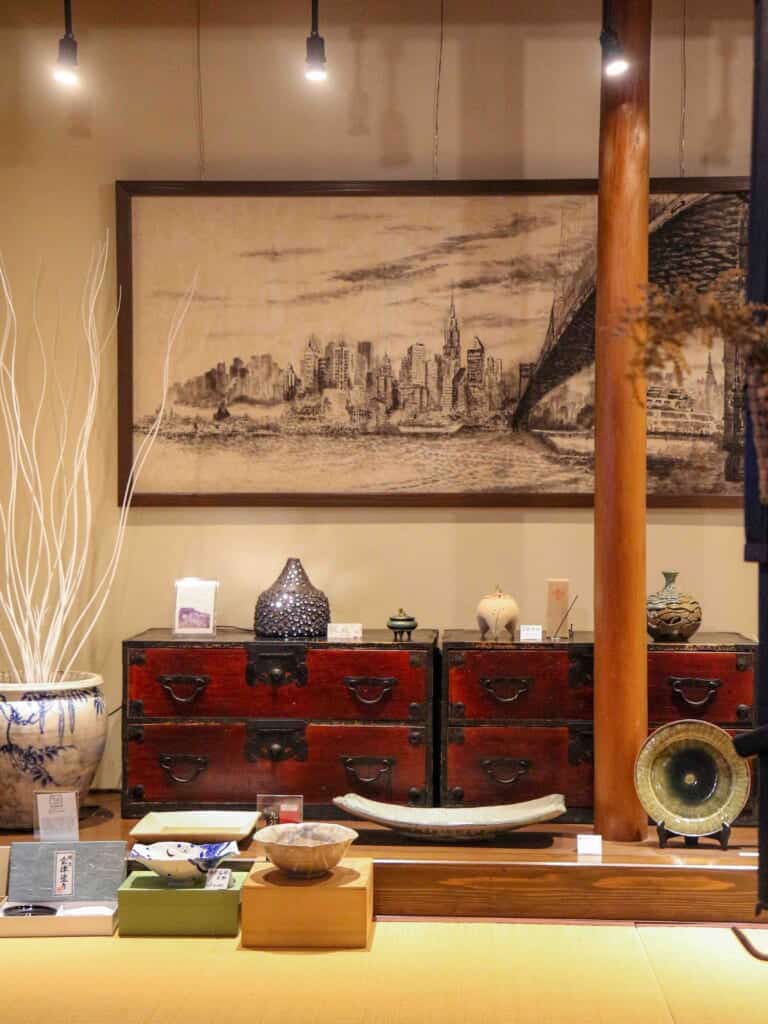
Wahee-gama: Preserving Shiraiwayaki from Edo Period Akita
Continuing on the journey of discovering ceramic art, Akita prefecture has its own unique technique handed down through generations, dating back to the Edo period. It’s called Shiraiwayaki (白岩焼, also called Shiraiwa ware) pottery, known for its deep blue glaze finishing, which can only be achieved after heating the clay for hours in an 800°C furnace. Wahee-gama is the only pottery workshop that inherits the tradition of Shiraiwa and is owned by the Watanabe family, currently run by the daughter Watanabe Aoi. Various products are made, from plates to bowls, teacups, teapots, and even jewelry, such as earrings. There are also vases suitable for large and small bouquets, as well as vases for Ikebana.
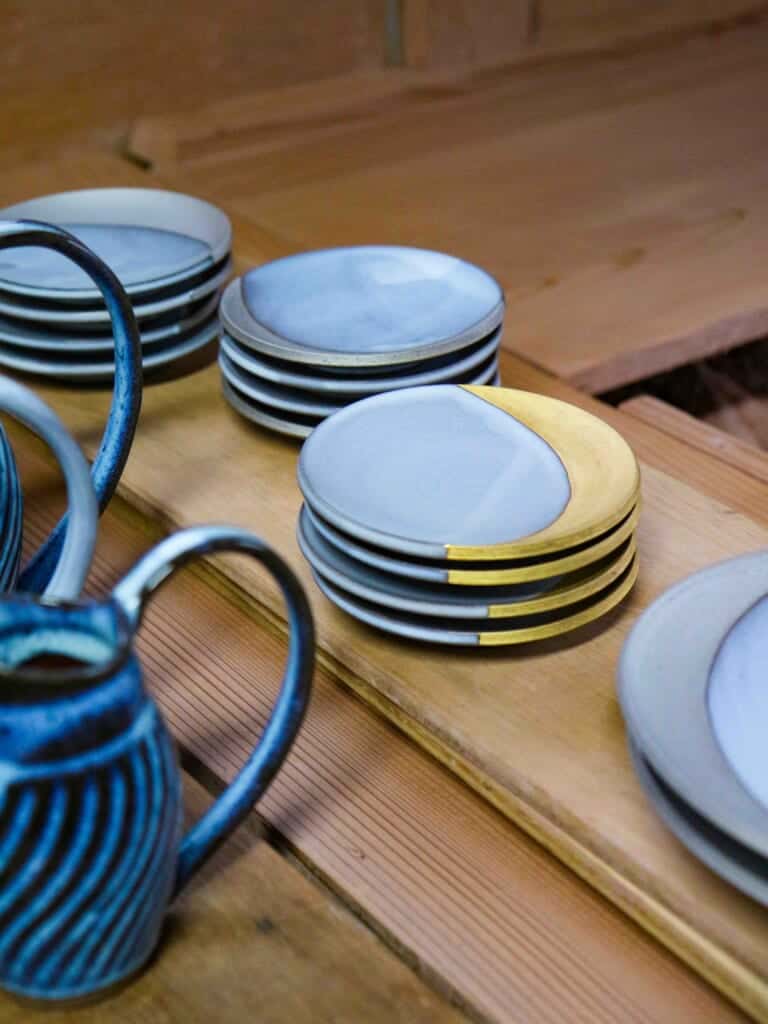
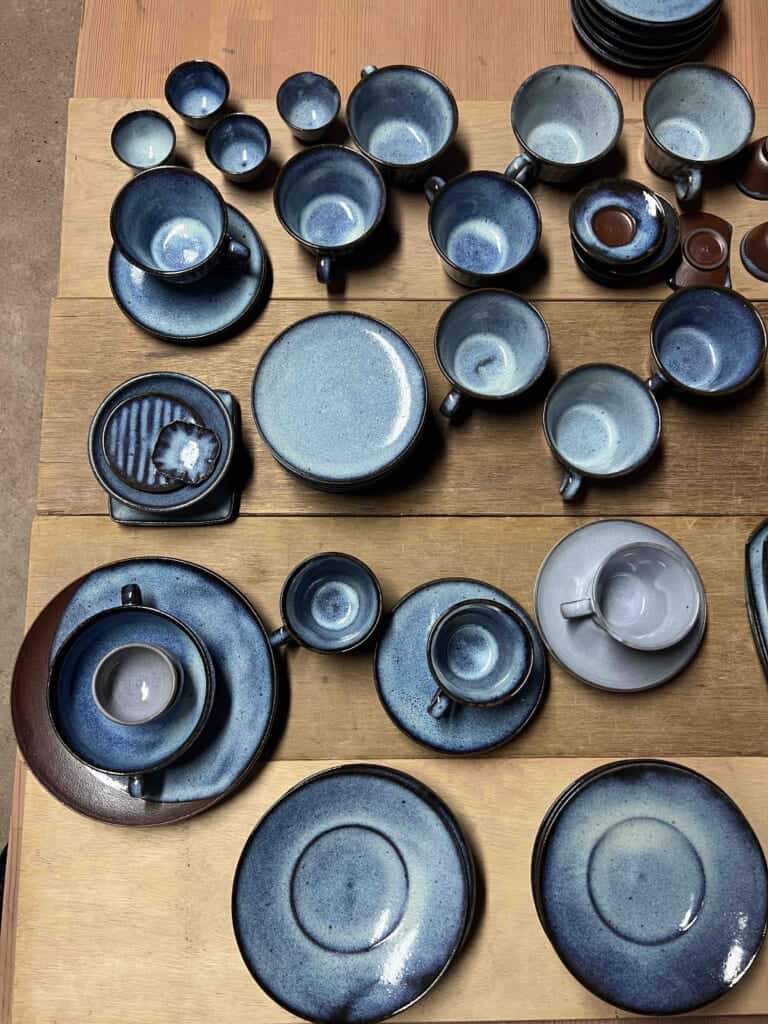
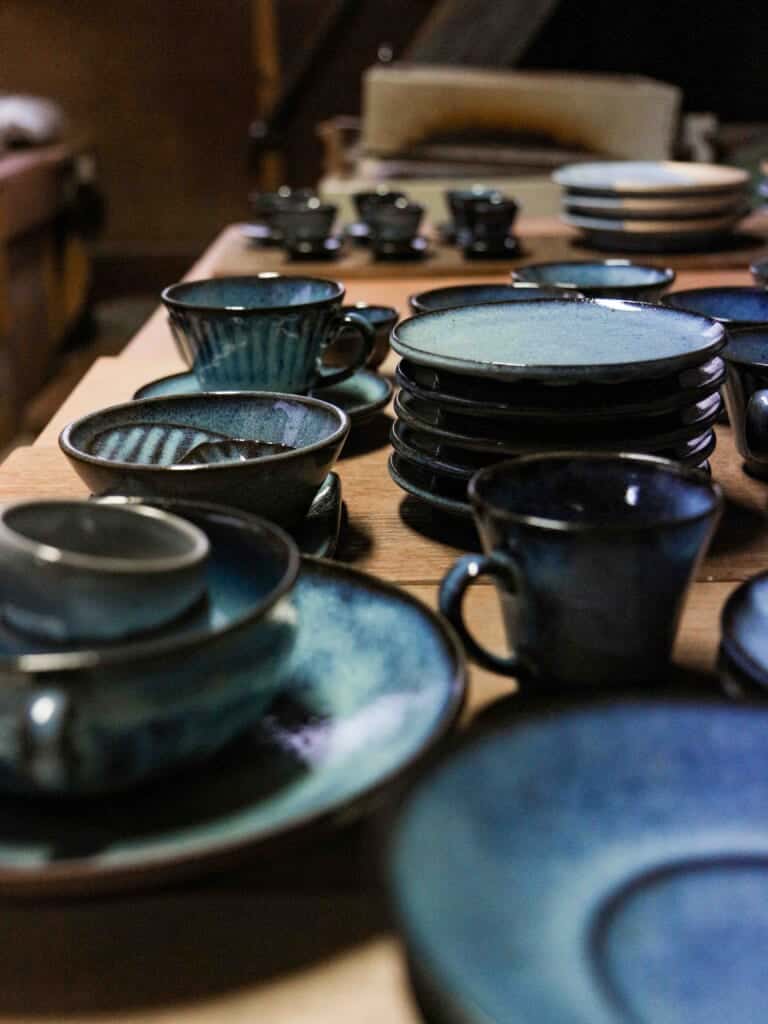
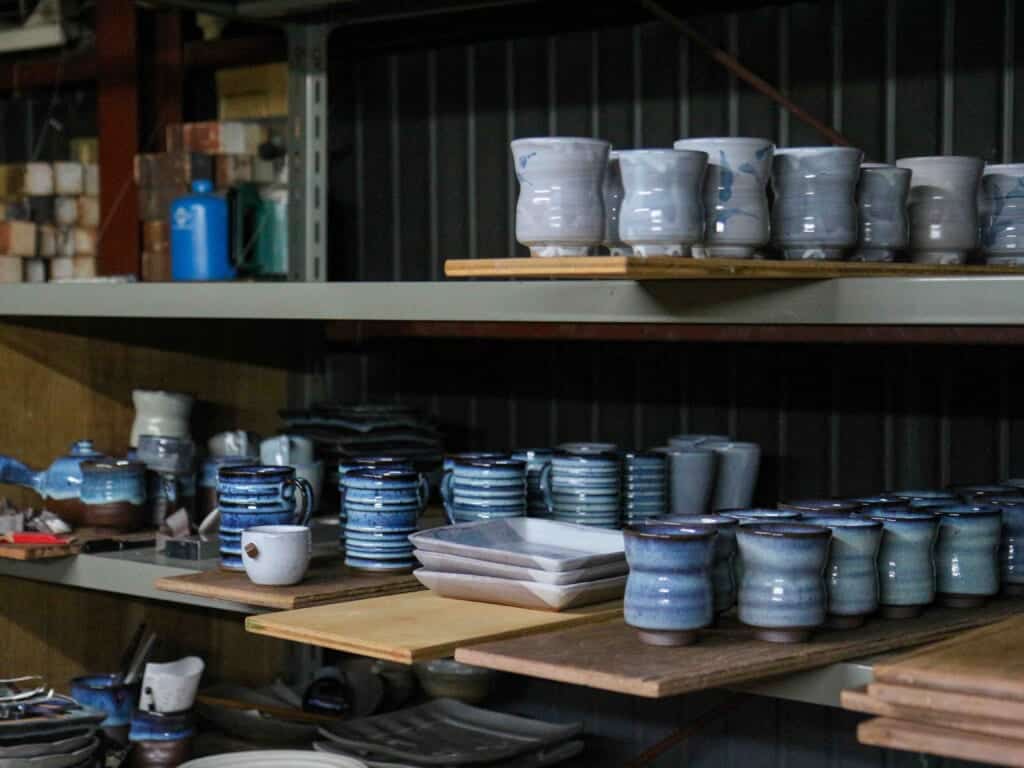
Also read: Samurai Spirit: Alive and Well in Kakunodate
Unganji Temple: Pray at the oldest temple in Kakunodate
To wrap up the historical walk, we visited the oldest temple in Kakunodate, Unganji Temple. It was built in the 1450s, and you can feel it from the aged wood of the gates and main building. The temple gate is designated as an important intangible cultural property of Akita Prefecture. Inside the main hall, Buddhist ceremonies are carried out. In the far left back corner is a collection of many small statues. It is to pray to young children who have passed away, and the statues have been there for hundreds of years since this temple’s establishment began.
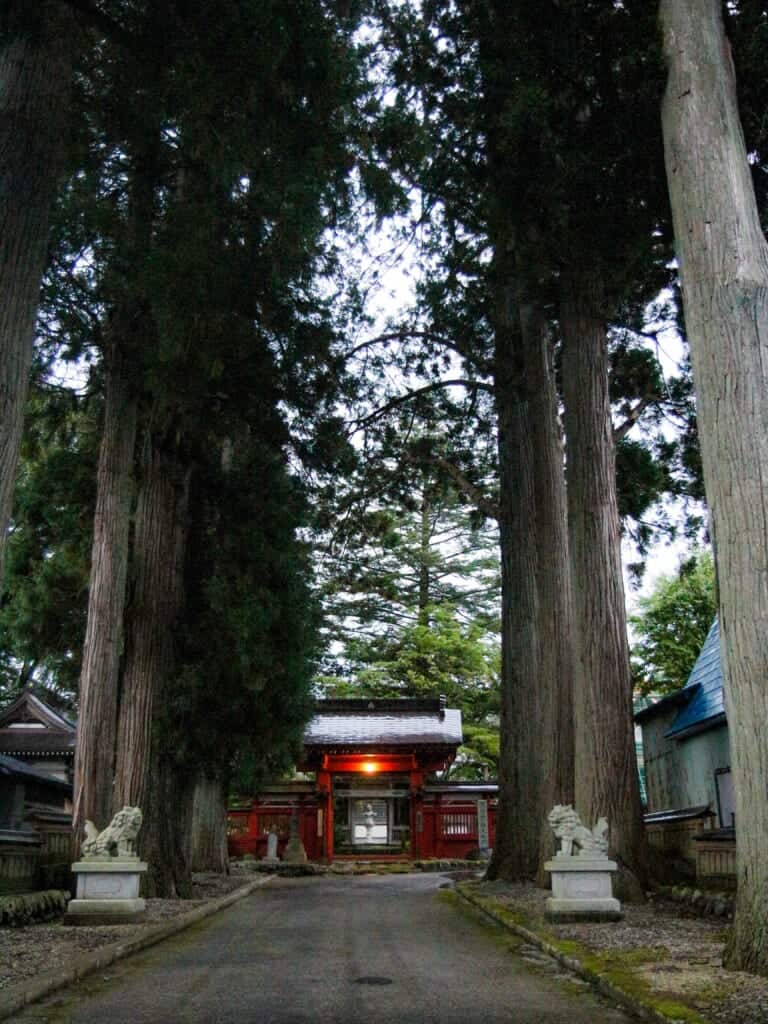
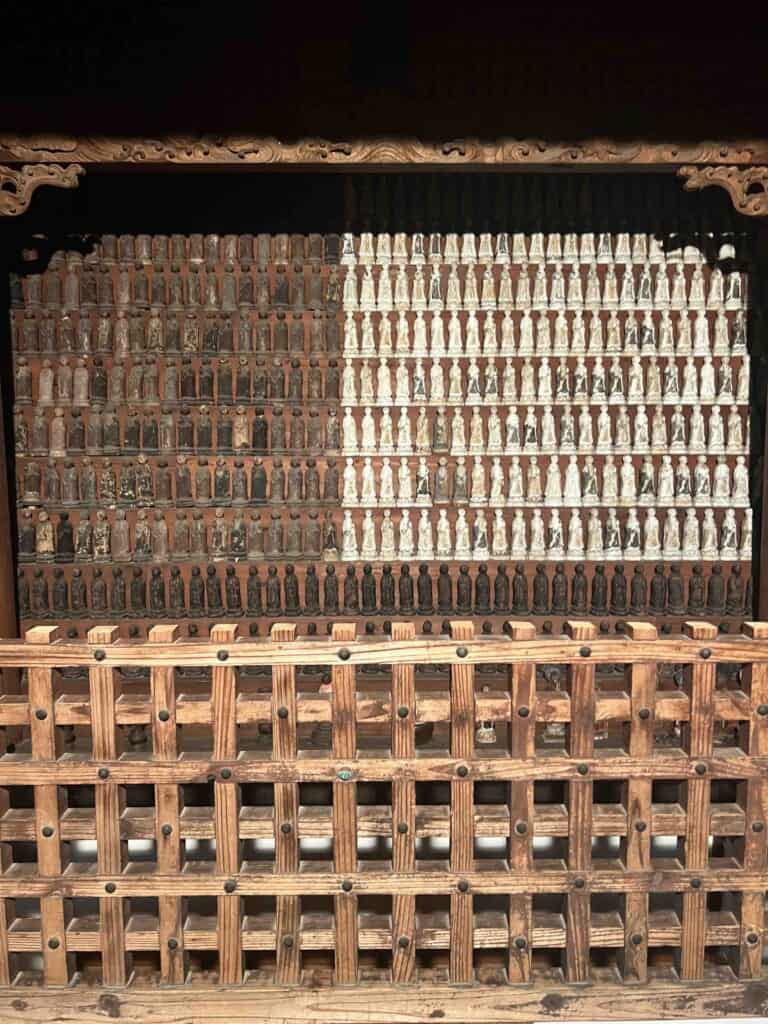
Aoni Sanso: Traditional Japanese Ryokan with a Modern Spin
This traditional Japanese onsen ryokan is near Lake Tazawa in the Mizusawa onsen village area. Initially, to welcome Tokyo 2020 Olympics visitors, the inn did a modernizing renovation in 2020, which features a beautiful bar and restaurant area and several new modern rooms with Western-style beds. The private baths have also been renewed with new furnishing and flooring. Look for their resident cat wandering around the halls or guarding the front door — he’s quiet and friendly and will happily accompany you to a sip of tea. The food served here also uses locally sourced items, one of the main ones being pork from Tazawako’s Buna Mori Ranch. It’s a luxurious treat to get a taste of Akita with their multi-course dinner while enjoying different local brews of sake and beer.
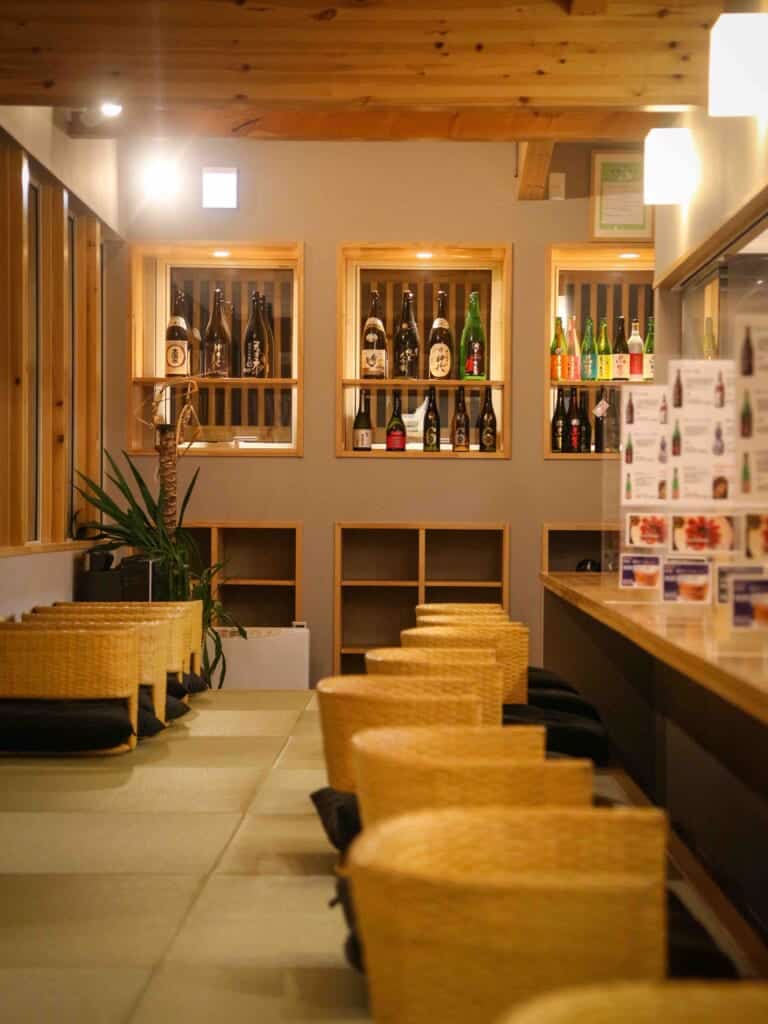
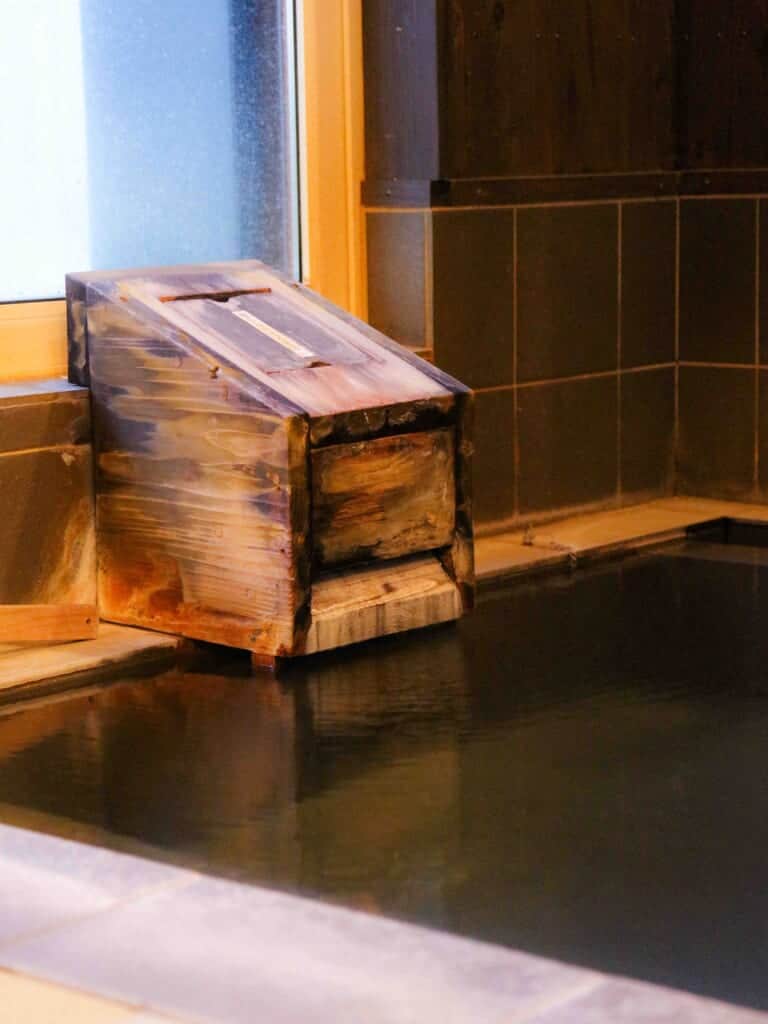
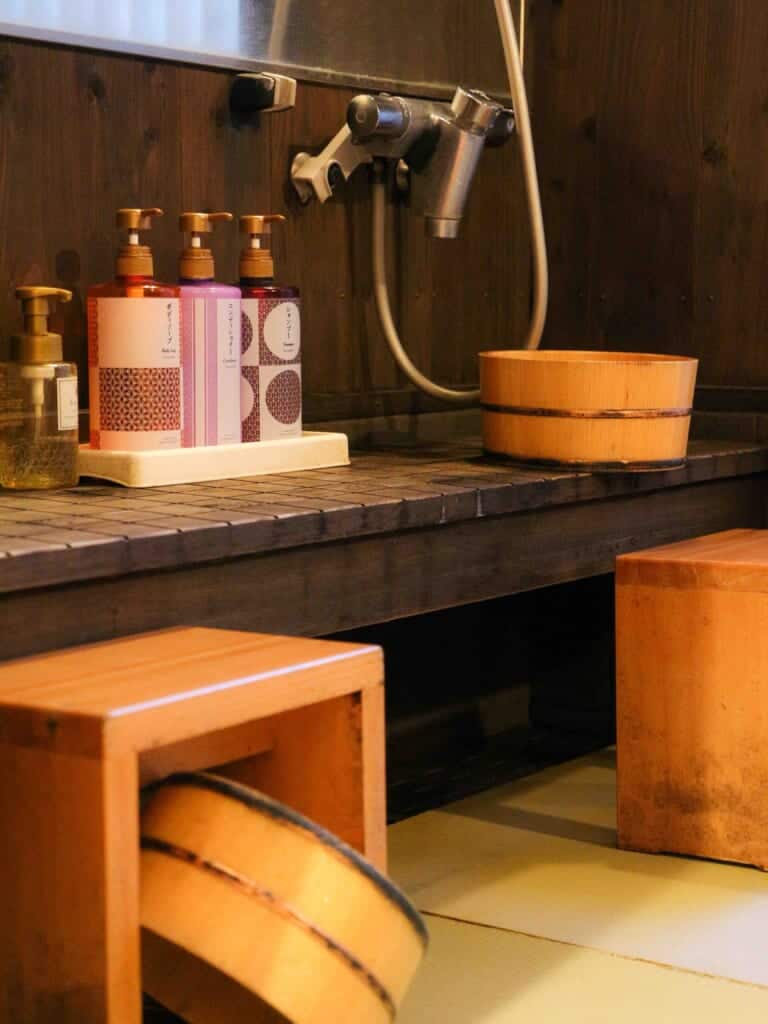
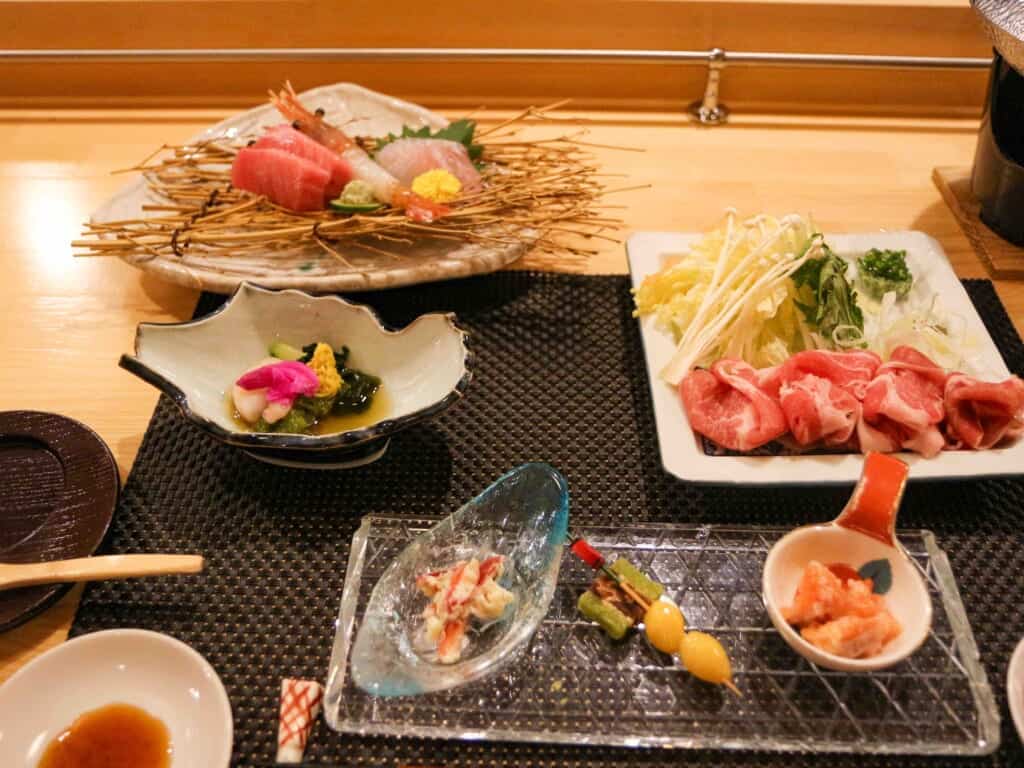
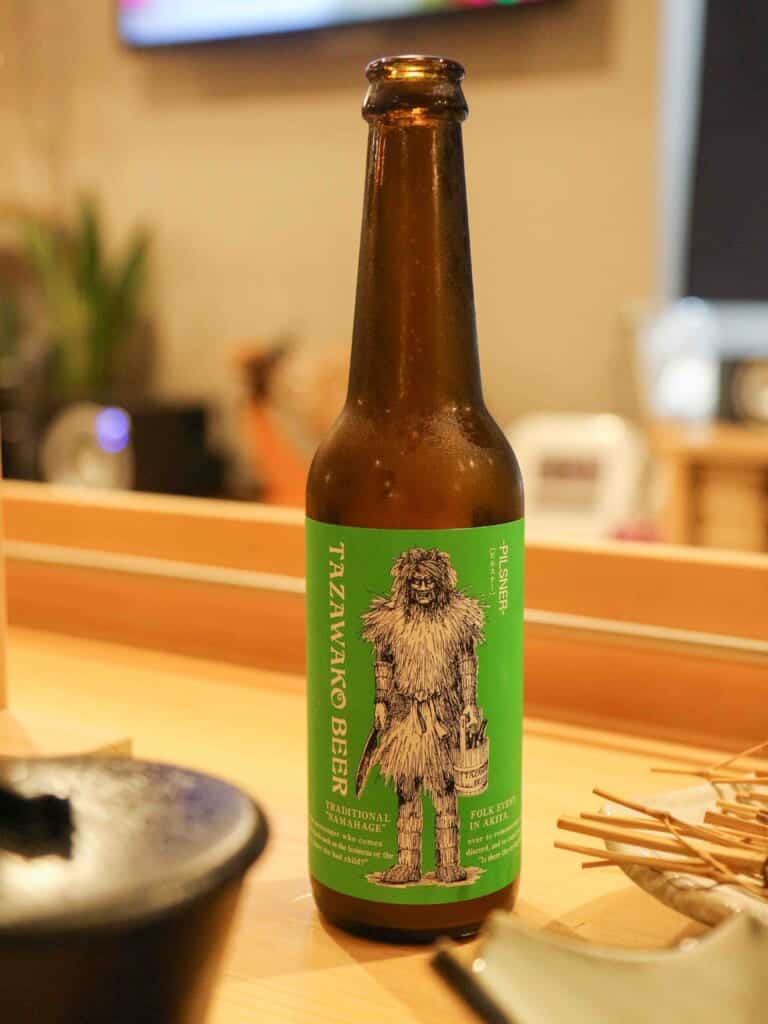
Read more: Semboku in Akita: The Promised Winter Dreamland of Japan
Day 2: Go Hiking on Mount Komagatake and Glamping
After a full night’s rest, we are up early, eager to find some autumn foliage at Mount Akita-Komagatake (秋田駒ヶ岳). It is an active volcano that last erupted in the 1970s, with relatively easy trails suitable for elderly and first-time hikers. We started from Komagatake 8th station at about 1,300m above sea level. From there, we trekked 2.4km past Mt. Onamedake towards Amidaike Pond, where we stopped at the Shelter Hut to take a rest. The small hut was filled with resting hikers chatting about what they saw and what they were planning to do next. I love the atmosphere of how the people come together in Semboku. There’s just this feeling of the friendliness of how you are greeted by other hikers along the way, as if everyone you are hiking with is your next-door neighbor.
Through the hike, we saw lots of autumn foliage and various landscapes that resembled volcanic activity. There was also a change in the soil color from brown to red due to the iron content in the soil. From the viewpoints throughout the hike, you can see a scenic view of Lake Tazawa below and the ski resort in the distance. Usually, the ski season is in nearly December to April when the ski resort opens, and backcountry skiing is also possible.
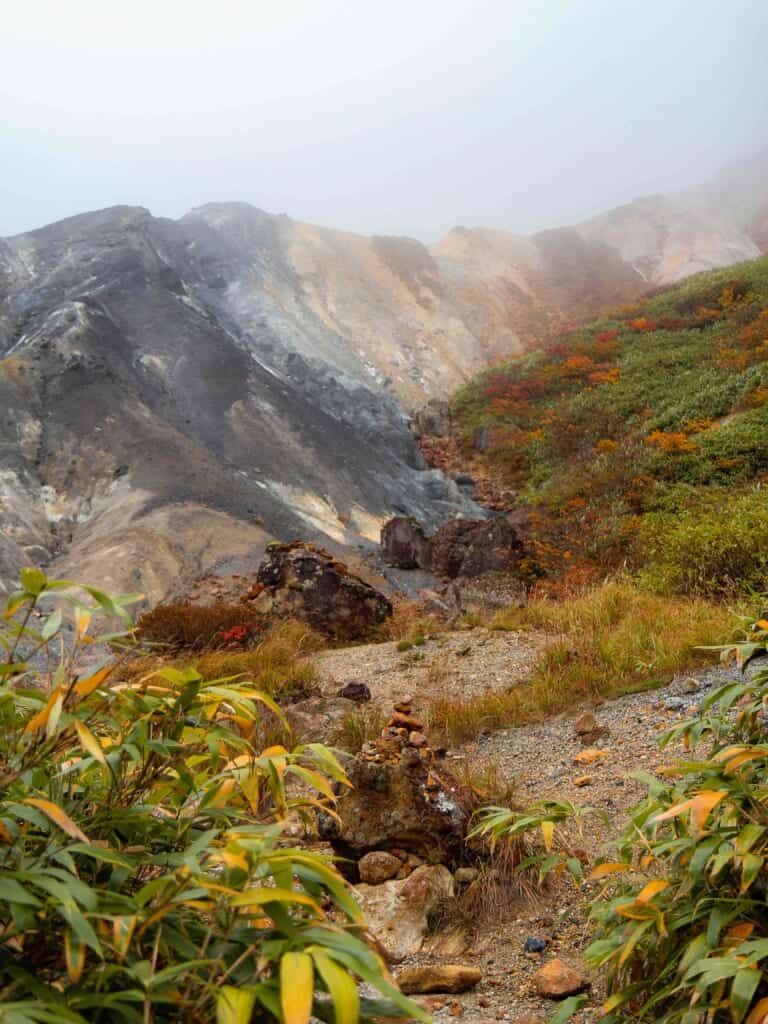
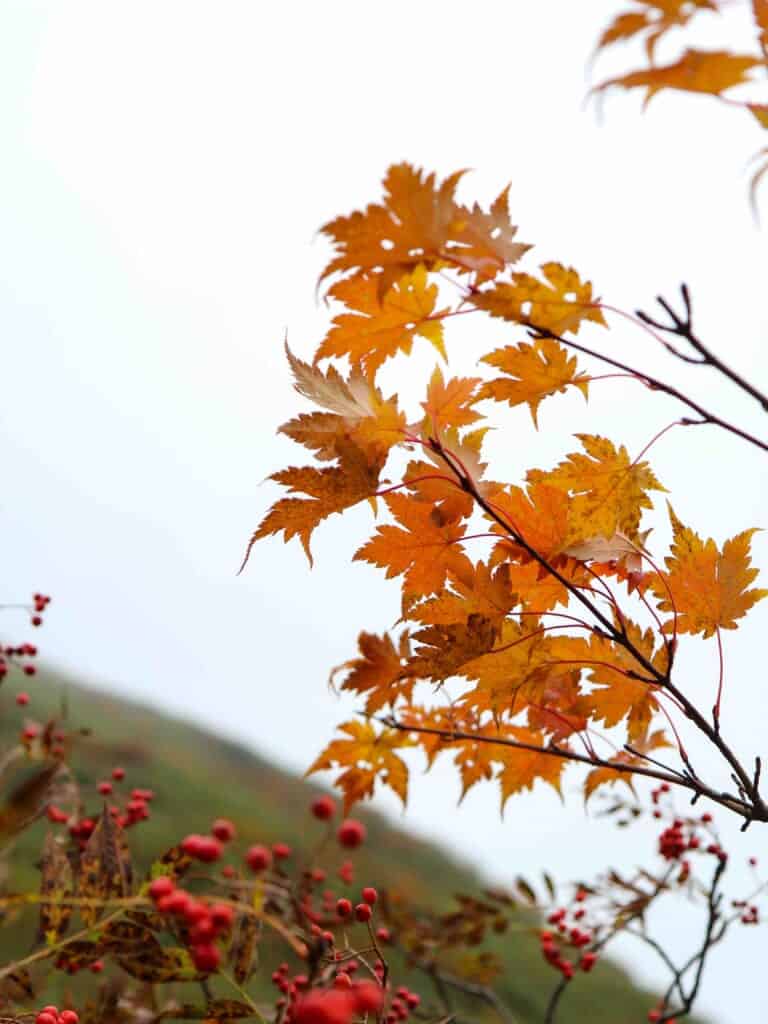
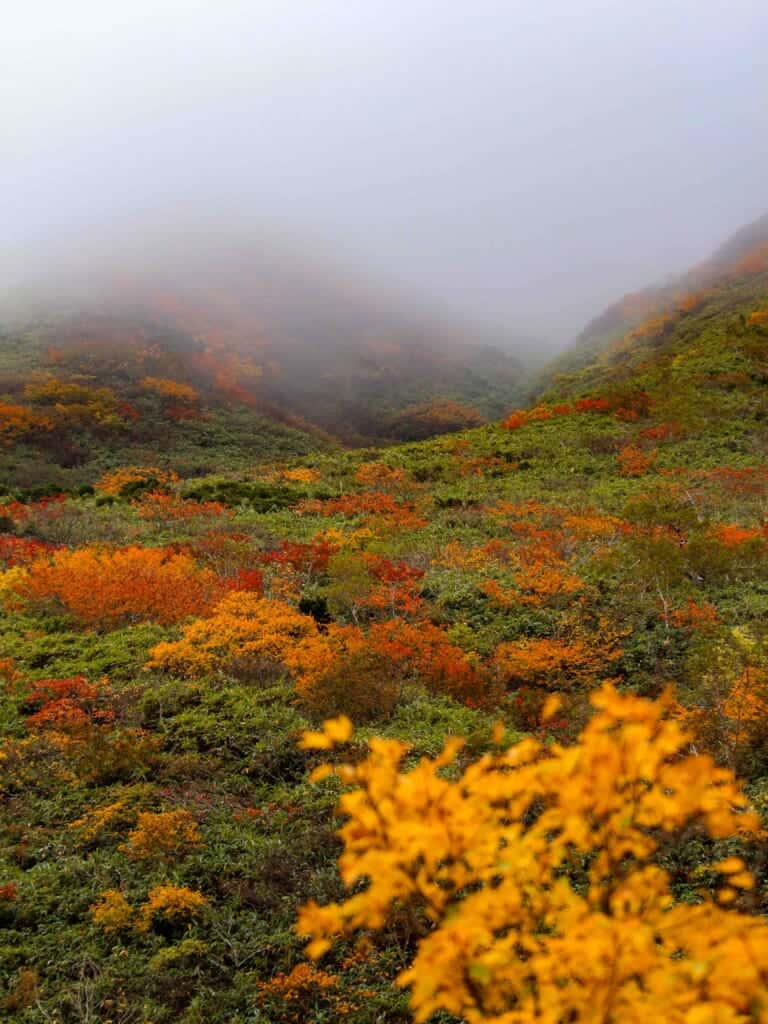
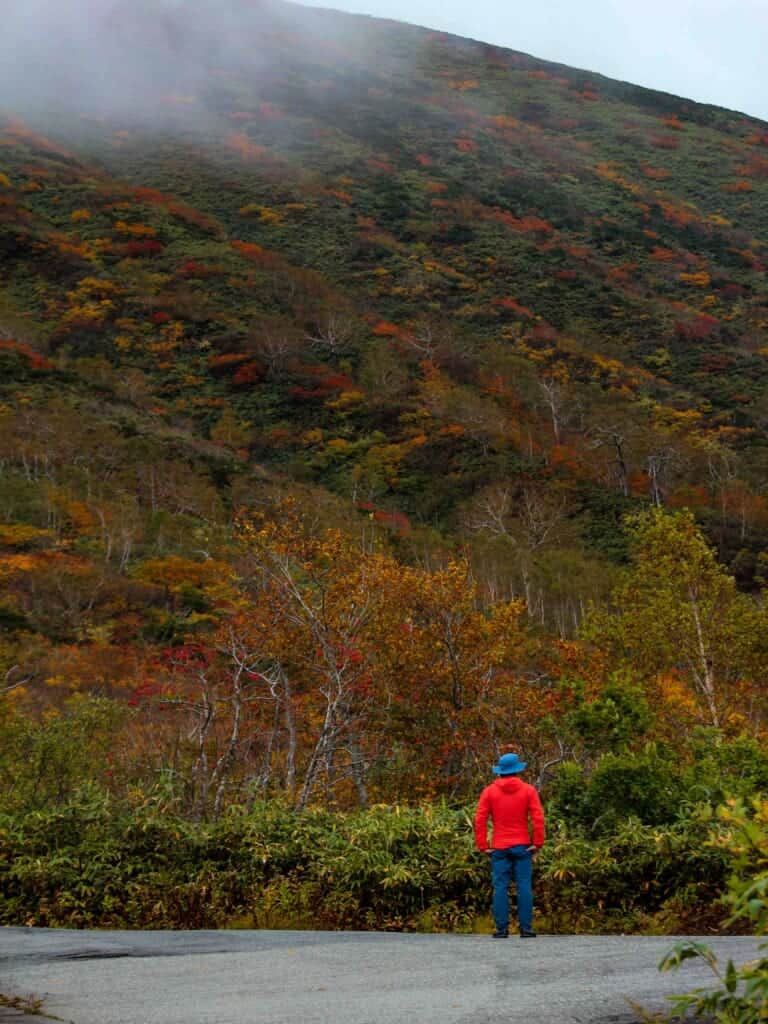
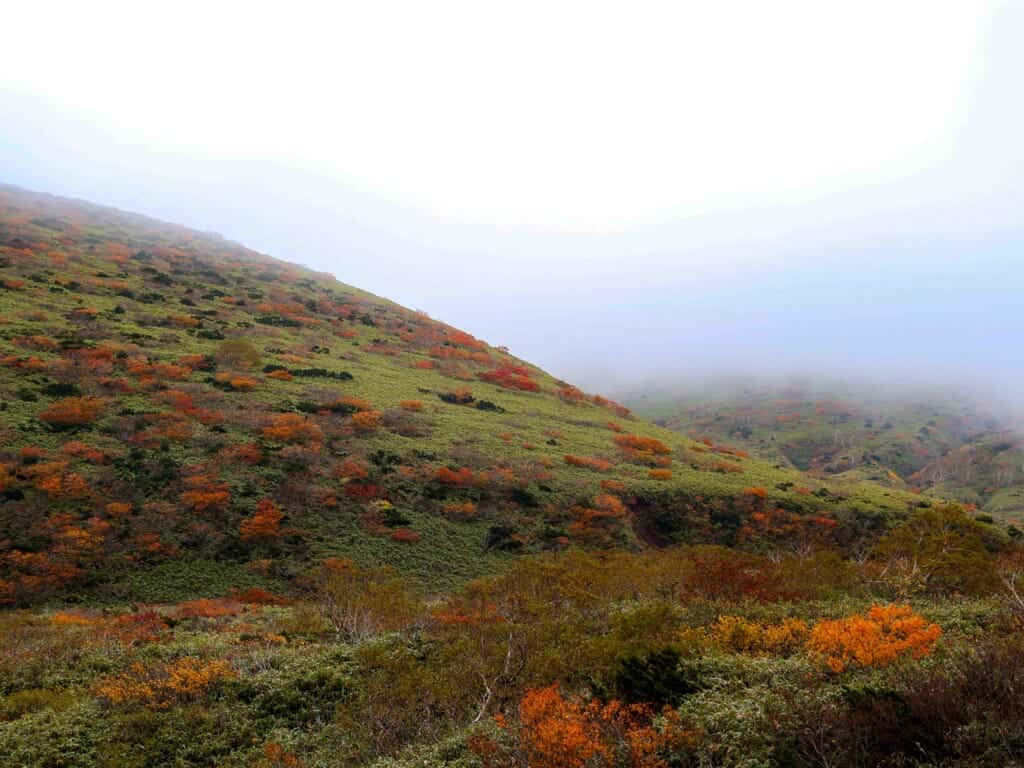
Drink a Refreshingly Delicious Smoothie at Hinata Ekis
This small smoothie shop is perfect for a rest stop after the hike. It has fresh fruit smoothies and hot soup for a cold day. When we were there, the flavors offered were peach smoothie, blueberry smoothie, and fresh shiitake mushroom soup. There’s also outdoor seating with multiple benches and tables to enjoy on a sunny day. All of the peaches, blueberries, and mushrooms are produced in Akita Prefecture, so it is a great way to support the local farmers. The shop also laid out several notebooks for visitors from all over to sign, providing a very welcoming atmosphere.
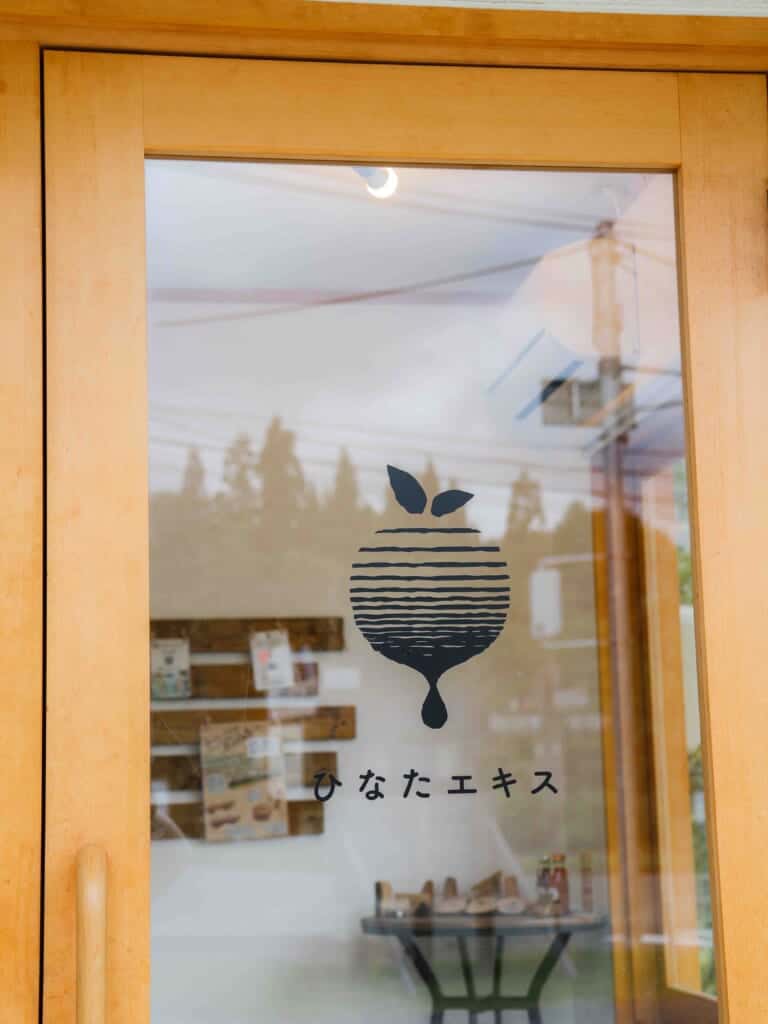
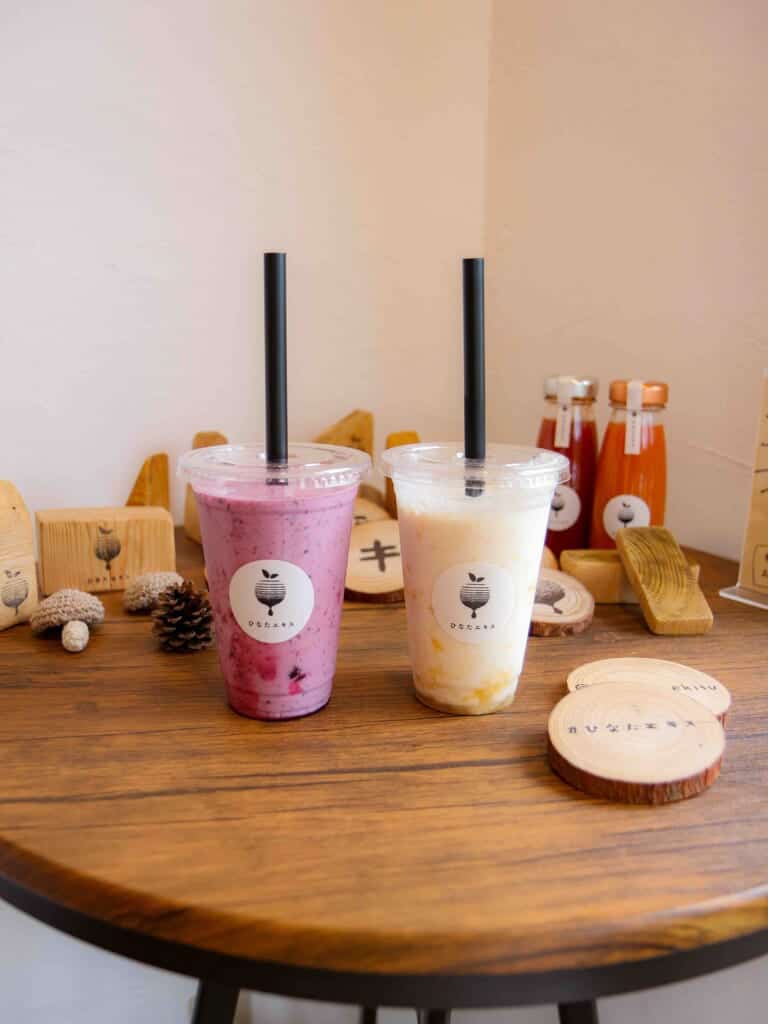
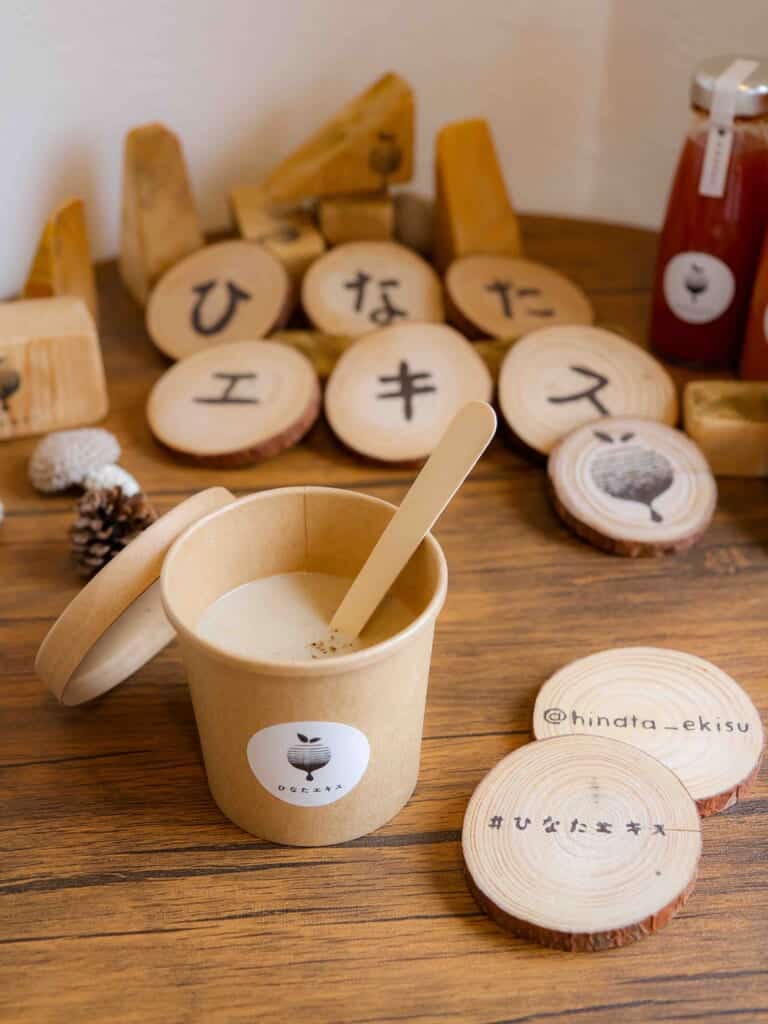
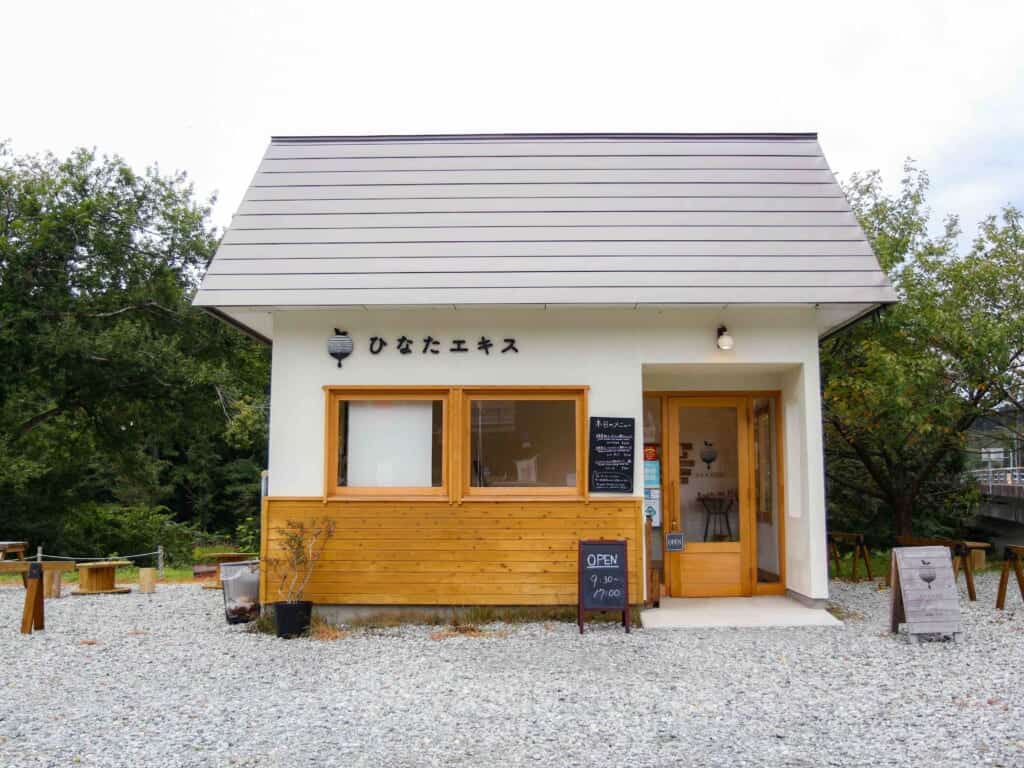
Luxury Glamping Experience at Tazawako Lake Resort Jubako
Built about a year ago, in early October 2021, the Tazawako Lake Resort Jubako glamping site is a collaboration between the brand Snow Peak and world-renowned architect Kengo Kuma. Two glamping rooms accommodate three people at a time, with a cozy bed and couch inside. Outside the room is the BBQ space used for dinner and breakfast, with a breathtaking mountain view. There’s a large patch of grass for you to enjoy golf or other outdoor sports. You can also start your own fire with the wood and equipment provided. The most delicious items on the BBQ menu are the BBQ chicken skewers and grilled apples with cinnamon spice, which really gives you a taste of camping.
One of the most marvelous things about staying here is that the main hotel building is right behind the camping ground, which features hot springs, a kids’ play area, a rest area, a library, and a souvenir shop. You can enjoy both a camping experience and a dip in the onsen.
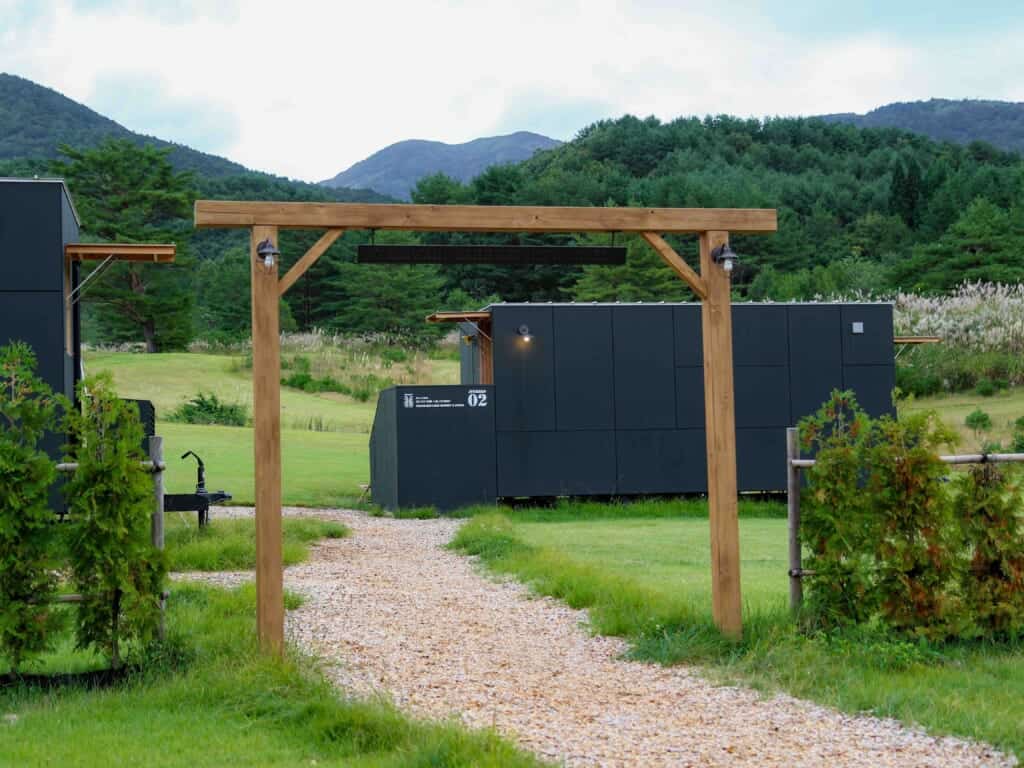
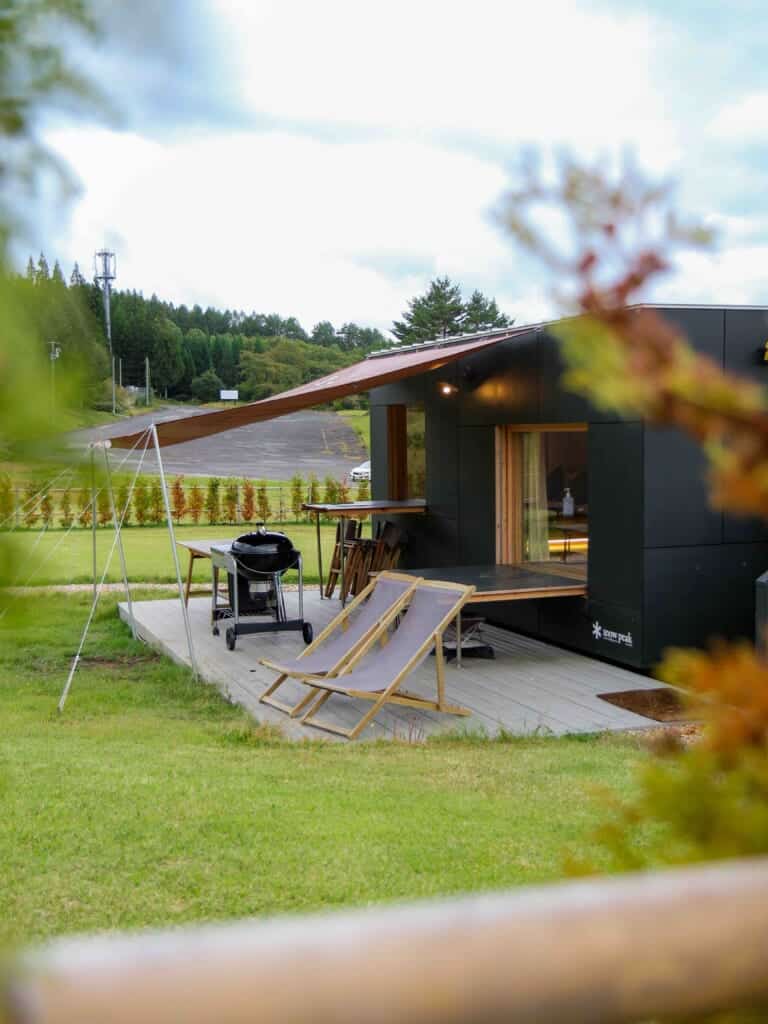
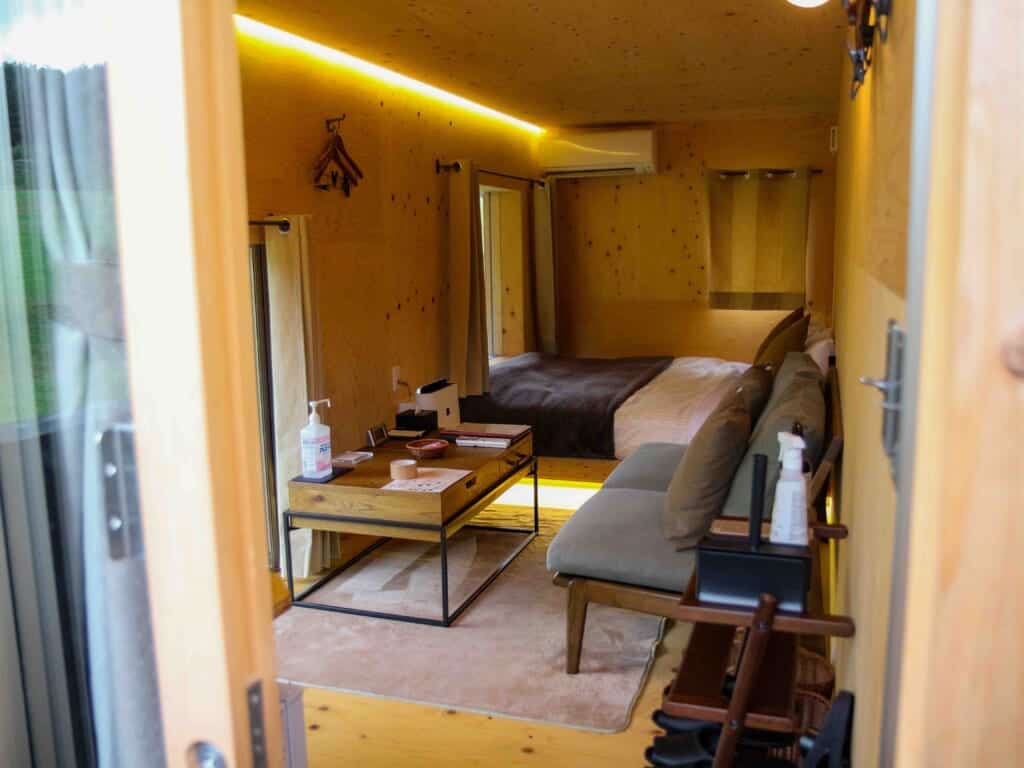
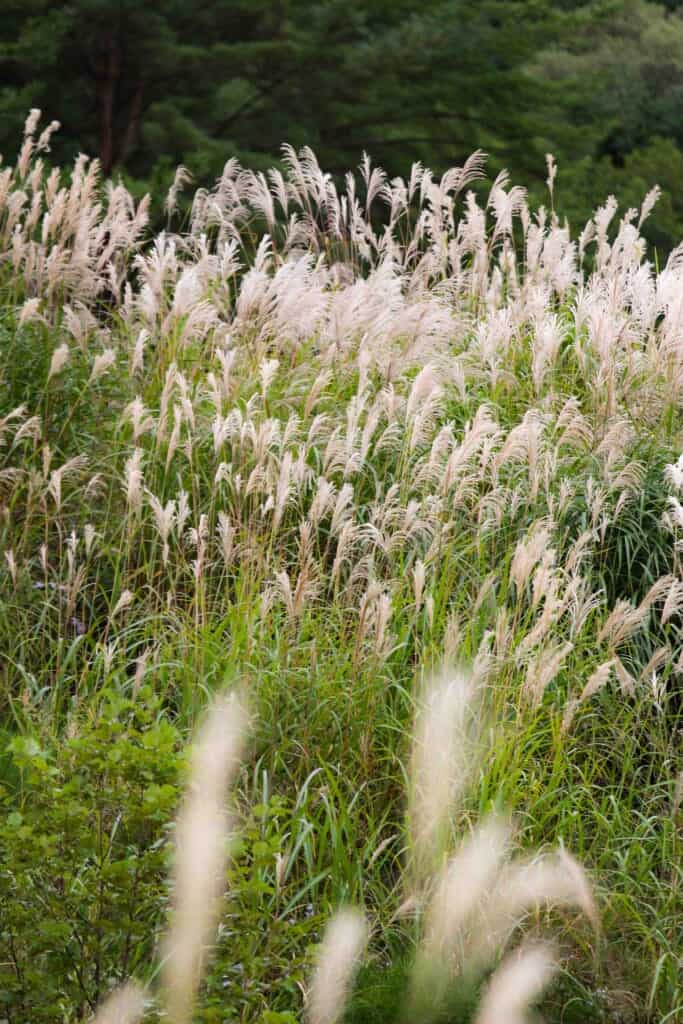
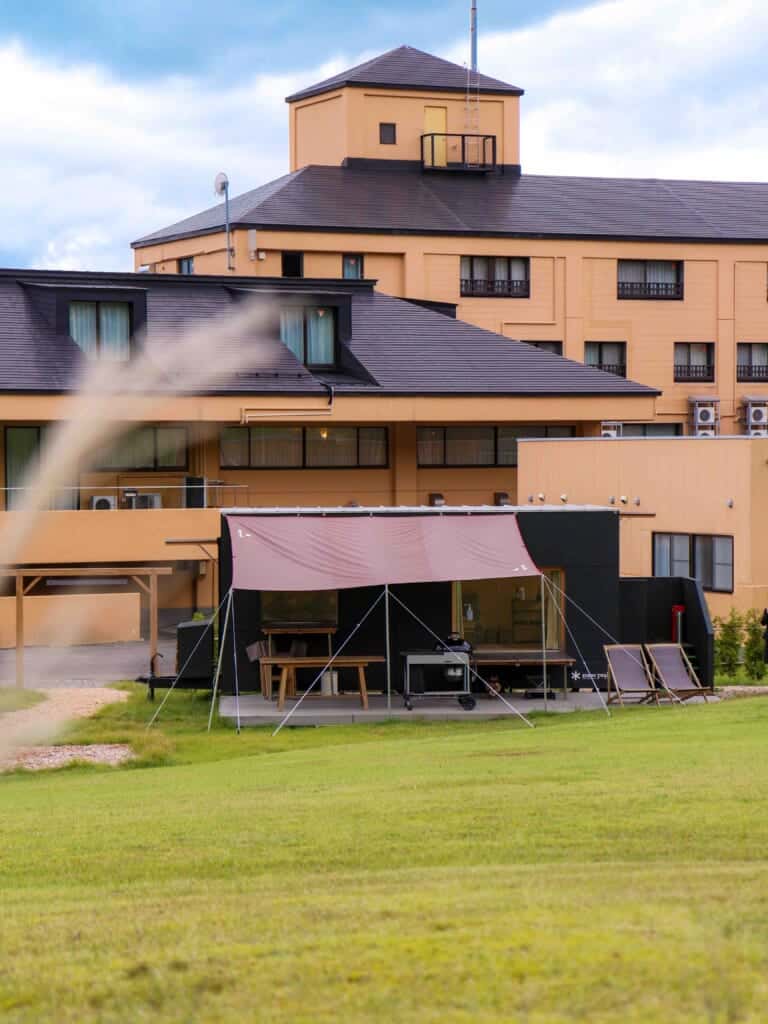
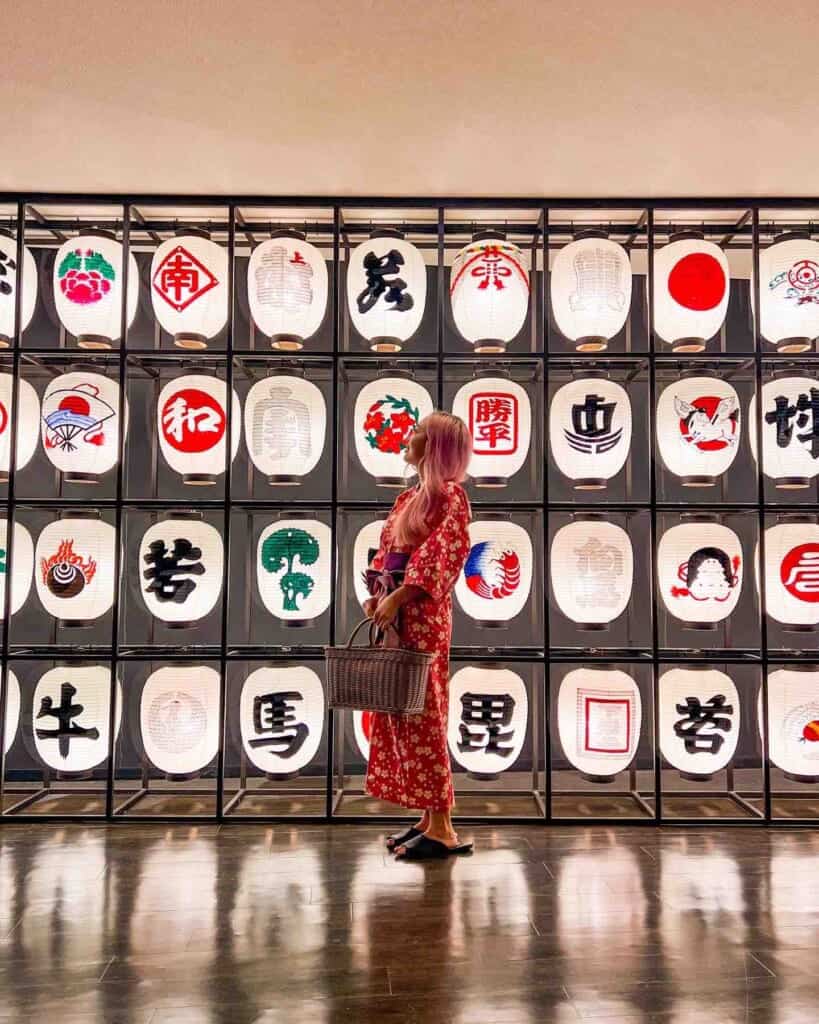
Day 3: Spend a Full Day of Water Sports at Japan’s Deepest Lake, Lake Tazawa
As the deepest lake in Japan, Lake Tazawa provides the perfect playground for those who enjoy water sports. The lake is so deep, 423 m, that you can put Tokyo Tower completely underwater in the lake. Using Tazawako Rose Hotel as your starting base, you can enjoy everything from wakeboarding to tubing, SUP (stand-up paddle boarding), and kayaking.
Although the temperature was around 10 C that day, the water was surprisingly warm at Lake Tazawa. There are also dry suits provided, so the outfit you wear underneath stays dry, which is excellent if you have plans for after wakeboarding. The instructor is very experienced, and he said this season, there wasn’t a single person who couldn’t manage to stand up, even those without prior wakeboarding experiences. Everyone leaves with a smile on their face wanting to try more.
We could also tour the lake to see the statue of Tatsuko and Gozanoishi Shrine from the lakeside. The golden color of the statue of Tatsuko and the bright red of Gozanoishi Shrine’s big Tori gate contrast beautifully with the lush green forest and blue skies. But there’s more to Tatsuko than just this statue, there’s a legend behind this young woman.
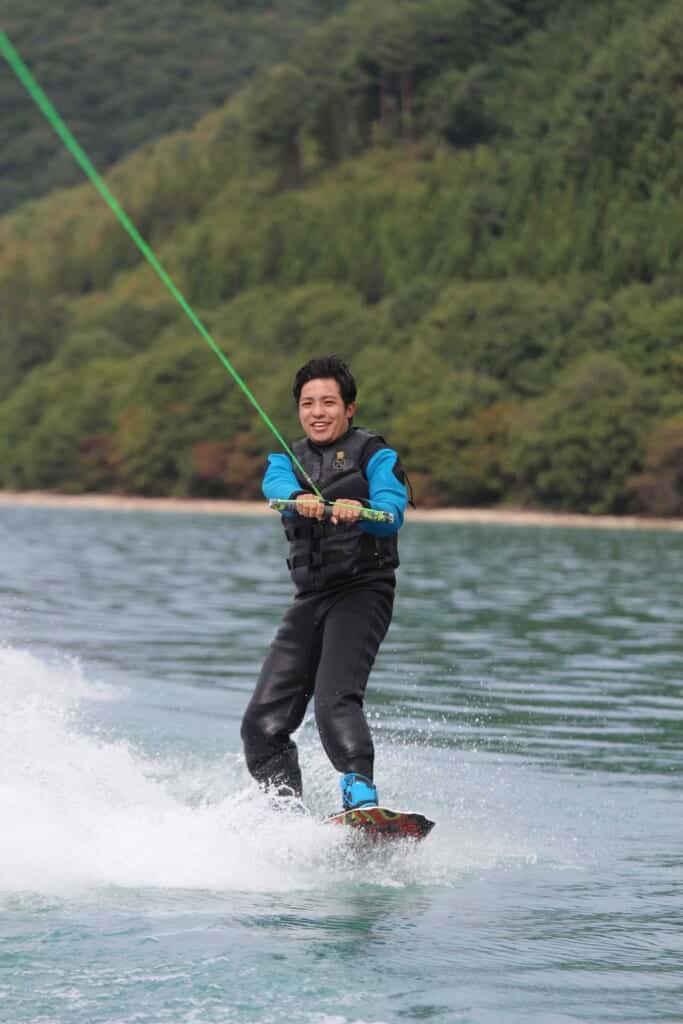
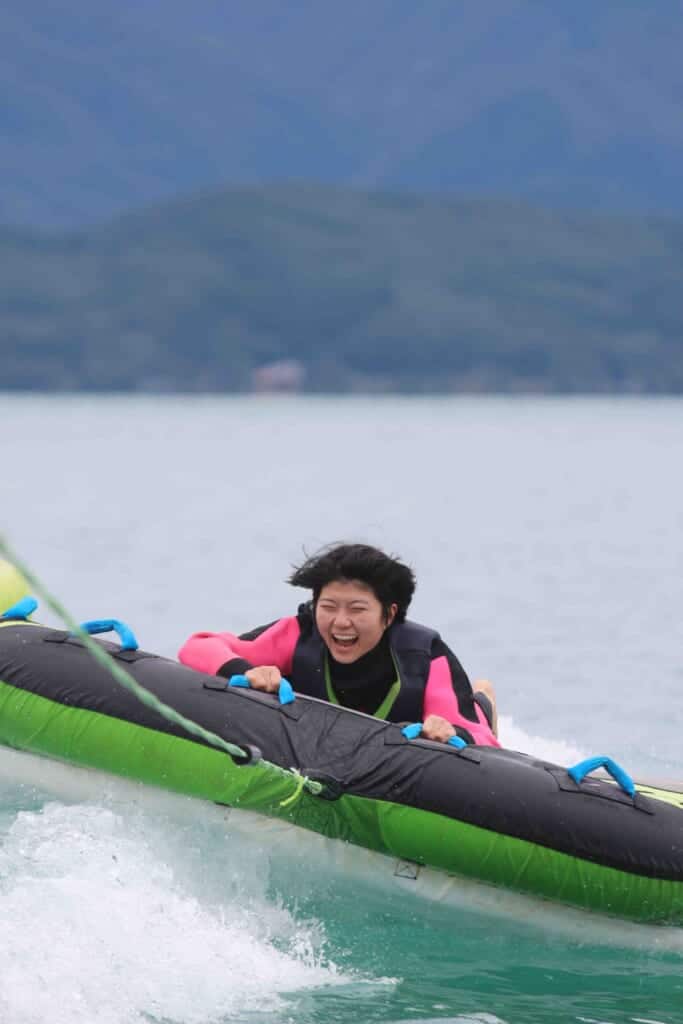
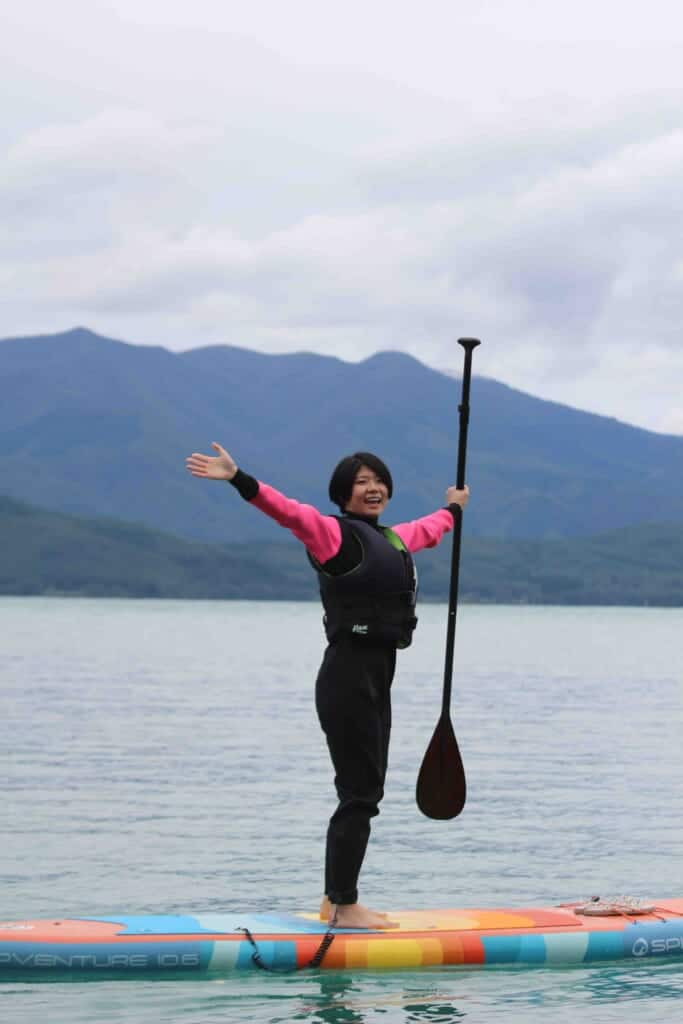
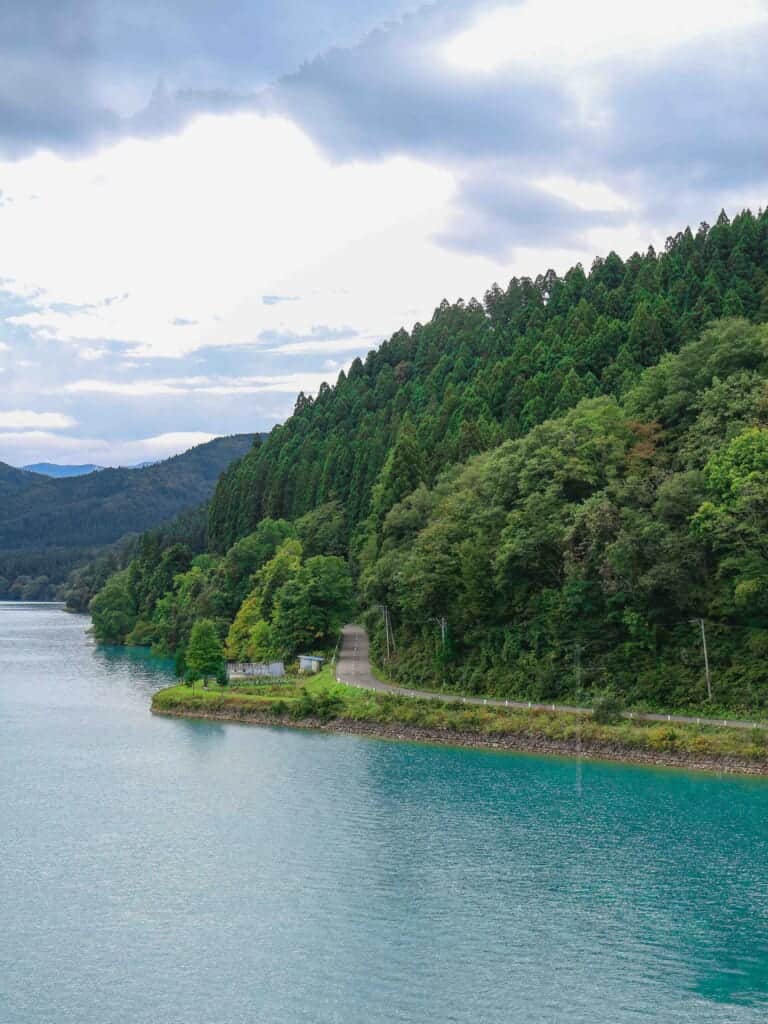
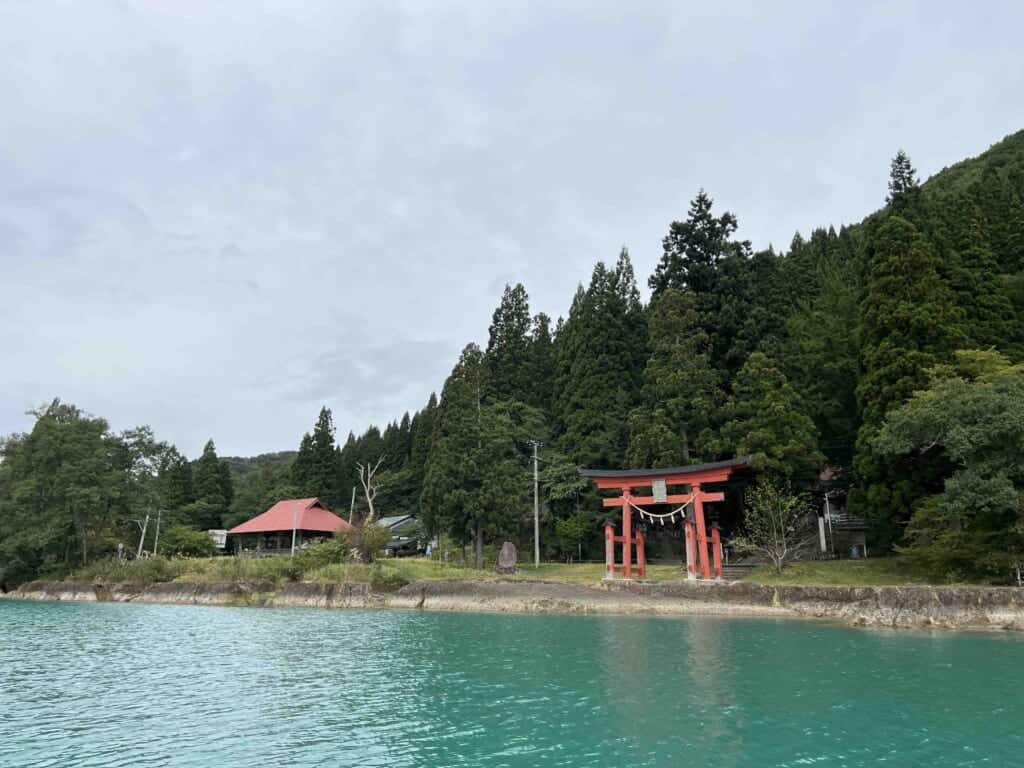
Read more: Exploring the Legends of Tazawako, Japan’s Deepest Lake
Visit the Statue of Tatsuko of Lake Tazawa
On the southwest bank of Lake Tazawa is the statue of Tatsuko. Legend says she’s a beautiful girl who wanted to keep her beauty and youth forever, so she secretly prayed to Okura Kannon for 100 days and 100 nights. On the night of her fulfillment, she was told that her wish would come true if she drank water from a spring in the north. After drinking the spring water, she became increasingly thirsty until she drank the well dry. Time passed, and Tatsuko realized that she had transformed into a big dragon, and horrified at this scene, she jumped into the lake and became the lake’s guardian. The golden statue can be seen shimmering from far away and is a major landmark of Akita Prefecture.
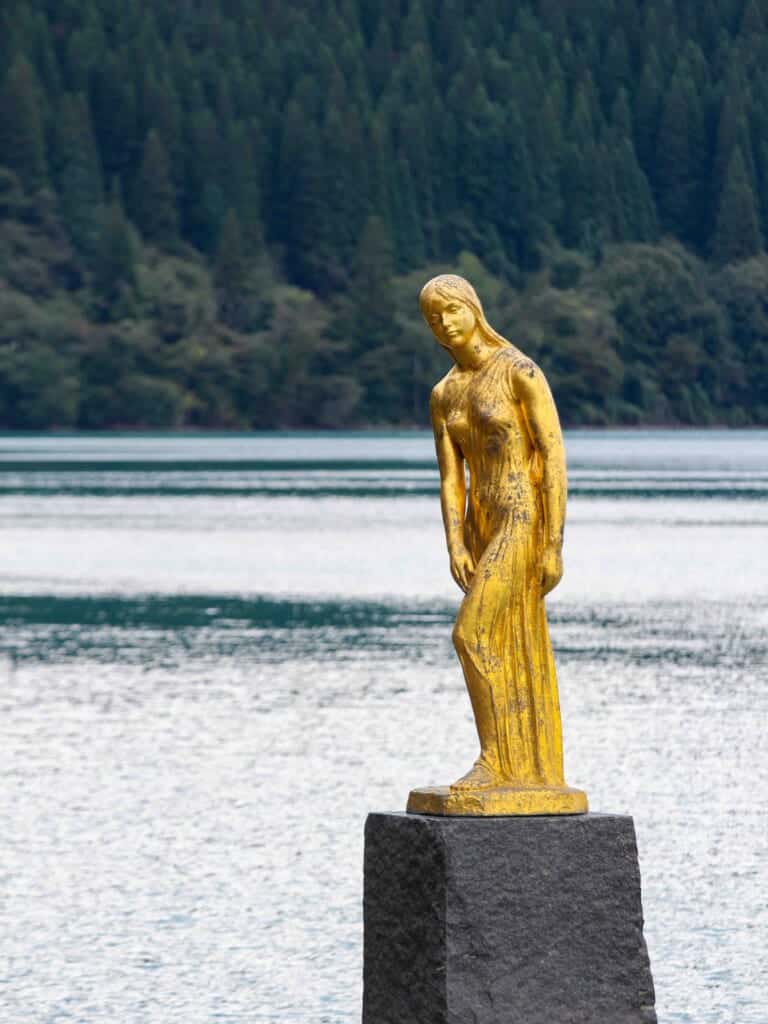
Pray for Beauty at Gozanoishi Shrine
Gozanoishi Shrine sits on the north shore of Lake Tazawa and is known for its large red torii gate that can be seen on the lake. People come here to pray for beauty with its own small stone statue of Tatsuko within the shrine grounds. One unique item from this shrine is a beauty amulet with a mirror in the middle. There are also beautiful Goshuins, official shrine seals for proof of visit that feature the large red torii gate on Lake Tazawa.
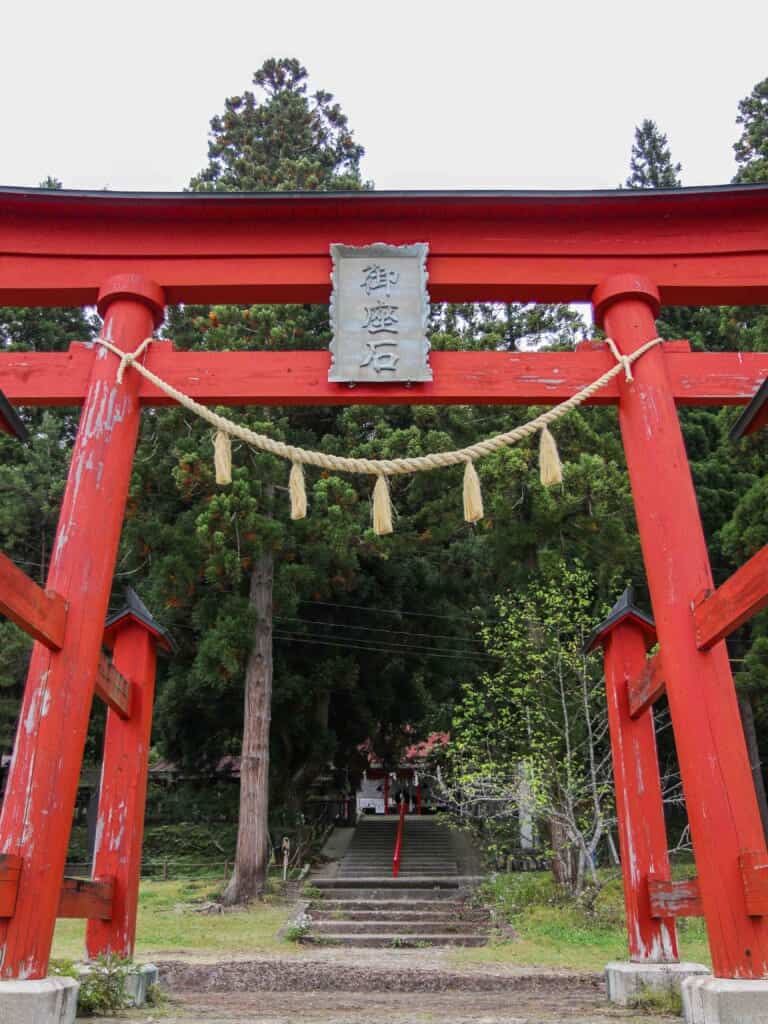
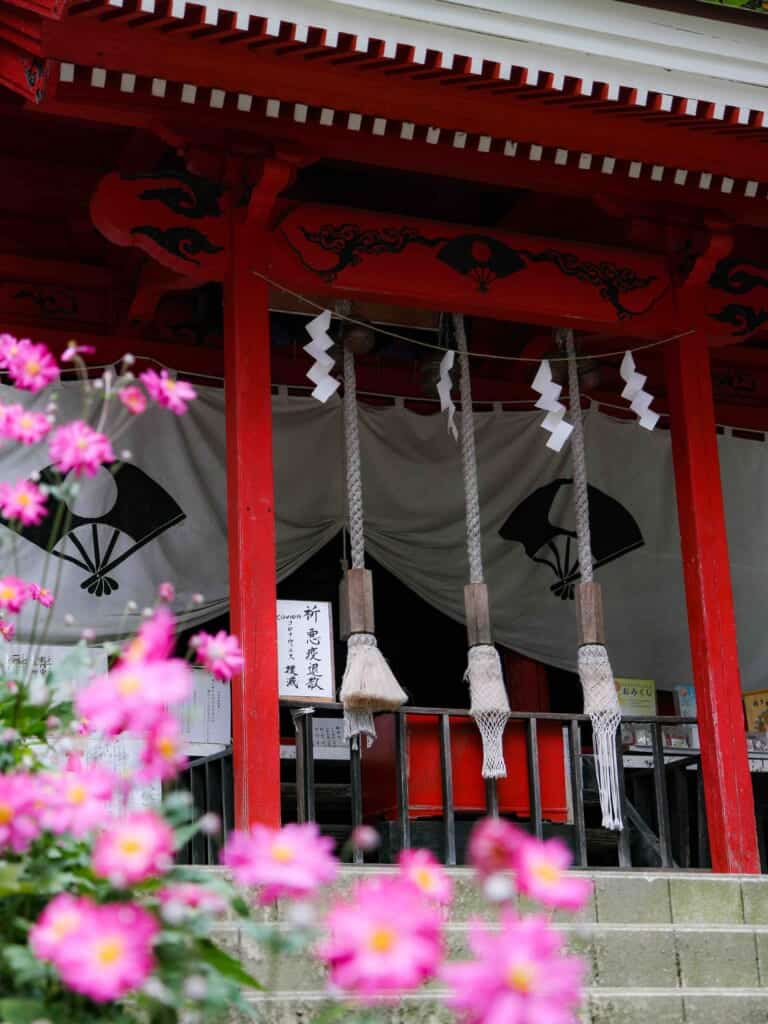
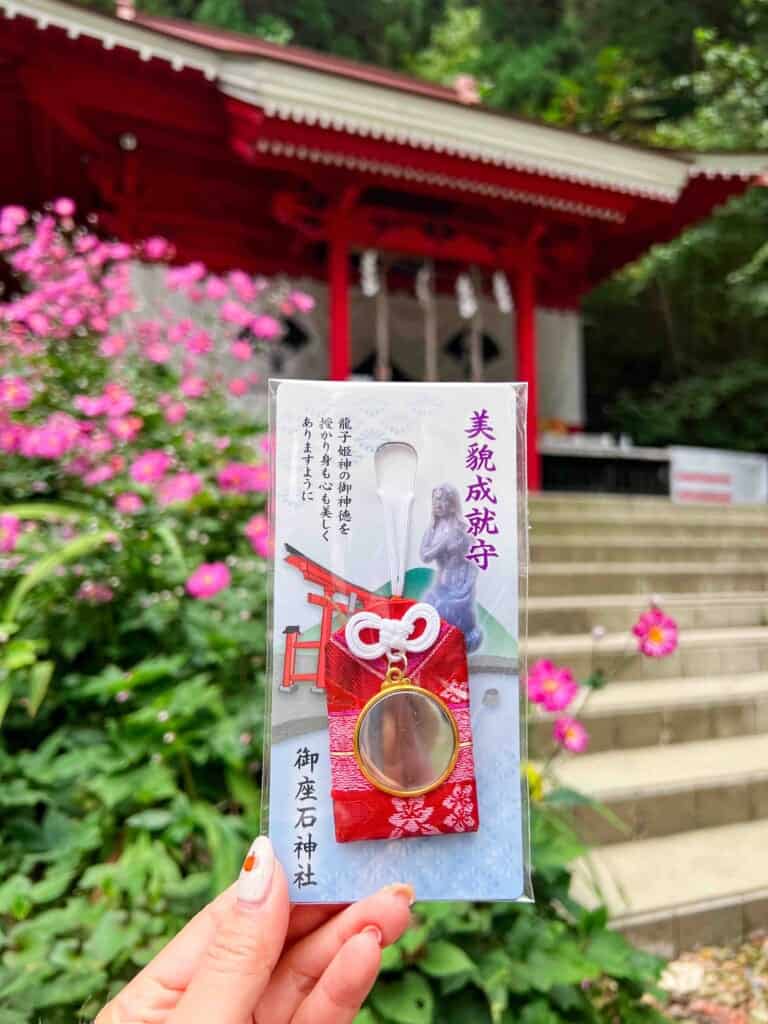
Make Your Own Herb Tea Mixing at Tazawako Herb Garden Heart Herb
After a busy morning of activities, Tazawako Herb Garden Heart Herb provides a relaxing atmosphere for you to take a rest. The first thing you notice walking up to the entrance is a large Totoro statue. I heard from the staff that one of them is closely connected to the Ghibli team, which explains Totoro’s friendly presence. To the right of the entrance is the Herb Garden, filled with all kinds of plants, even the tropical Hibiscus flower.
Entering the main building, you are greeted by a large gift shop and a restaurant in the back. Perhaps the most attractive thing about the restaurant is its tea station. There are about 20 herbs you can mix and match to make your own herb tea, and it’s unlimited refill. They also recommend different tea mixtures for different functions, such as for those who feel tired, they recommend some camomile and peppermint, or if you want a relaxing drink after a meal, you can try lemongrass and rose. The meal sets are pretty delicious and reasonably priced, with items such as hamburger steak and katsu curry. If you’d like to bring some home, there are herbs for making tea or to add to your bath to purchase at the shop.
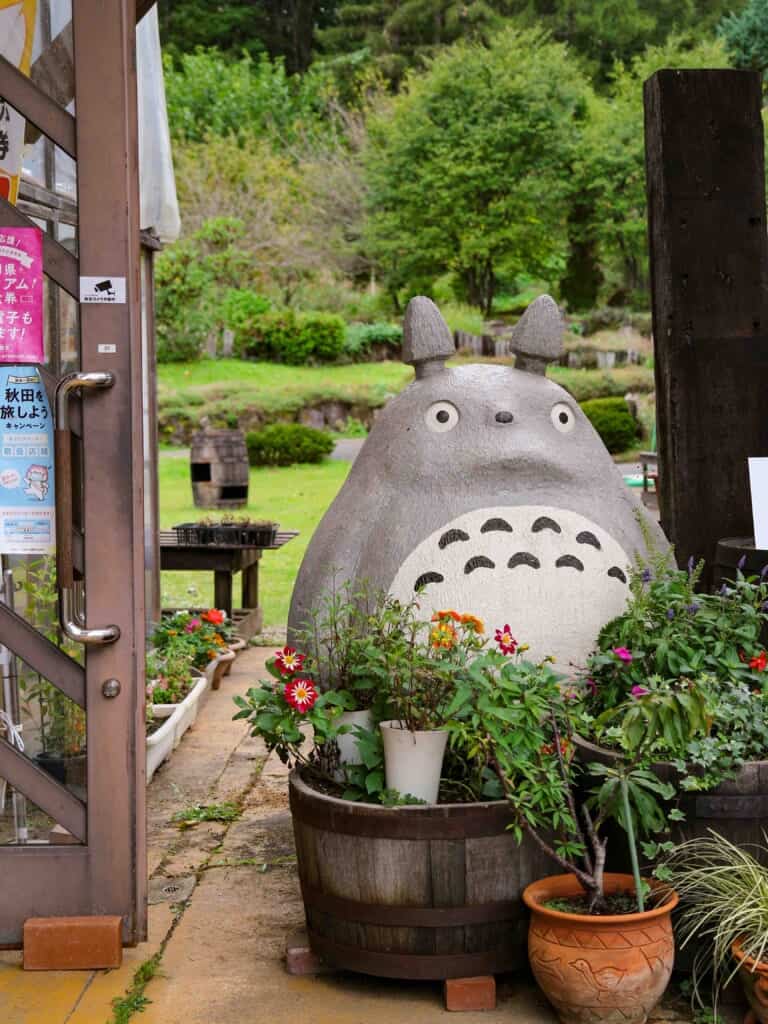
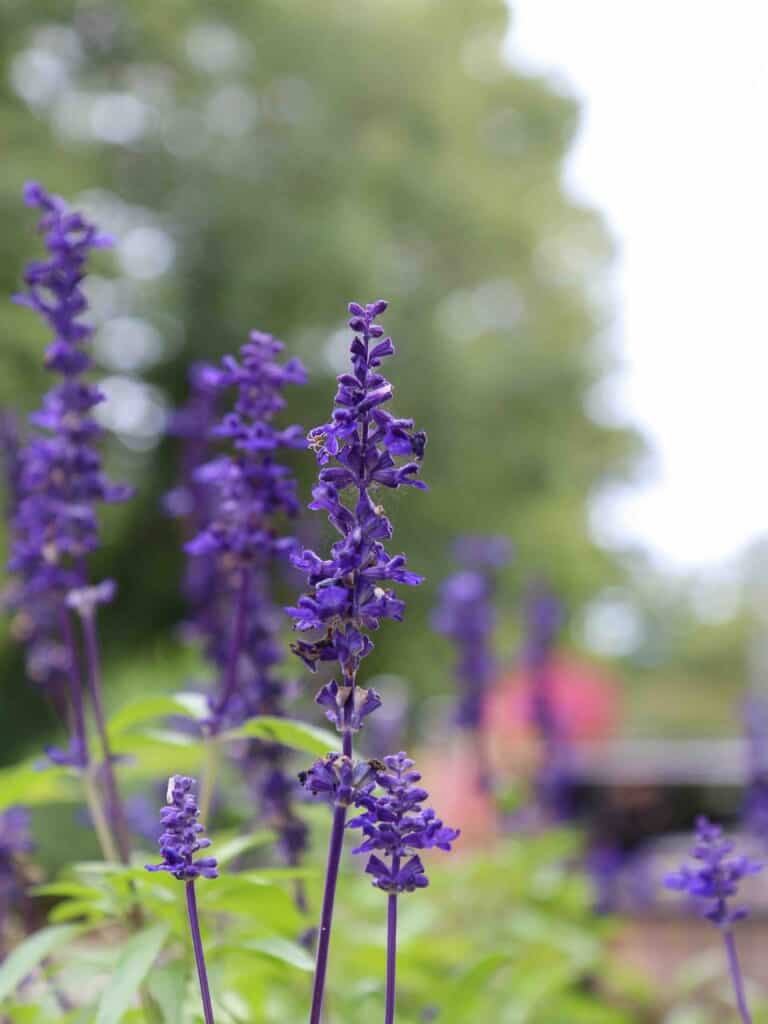
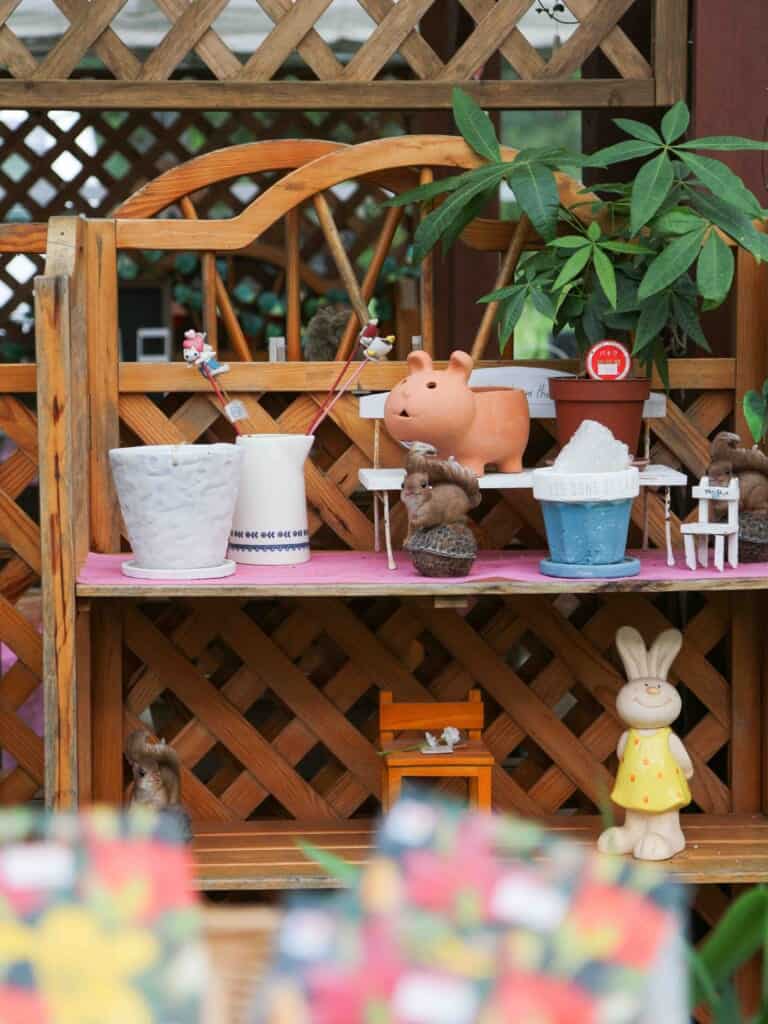
Visit a Retro School at Omoide-no-kata Branch School
Walking onto this former elementary school grounds, you can feel the history through the beautiful all-wooden exterior. The sunlight shines through the windows into the now empty classrooms, which have been kept as they were since the school closed down in 1974. It was reopened to the public in 2004, and you can see all the desks, instruments, artwork, photos, pianos, and other items used in the past. Two main buildings, the gymnasium and the classrooms are connected via a long hallway. In the faculty room on the second floor, you can see old photos of the students and teachers that used to attend that school, and from time to time, they have alumni gatherings.
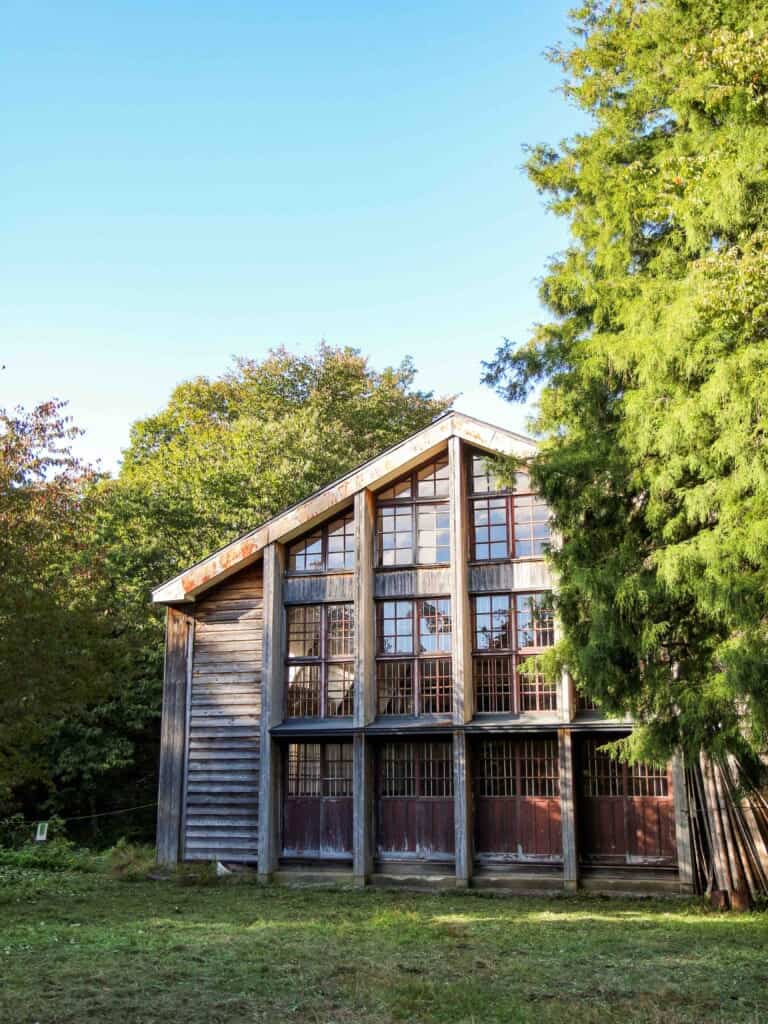
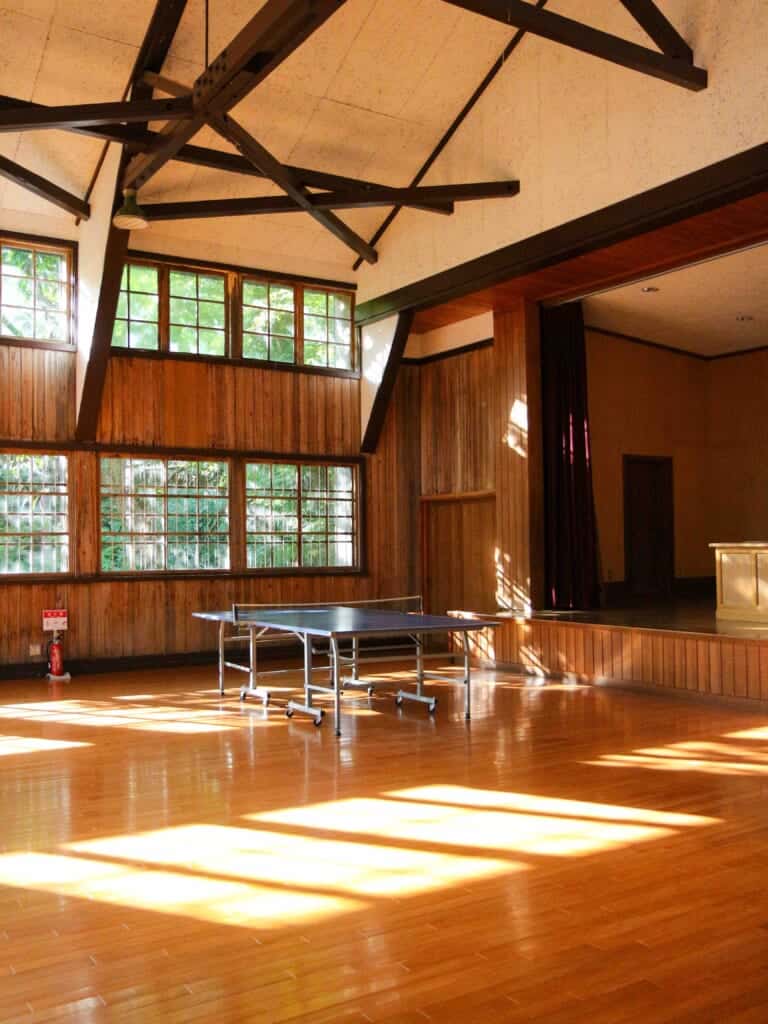
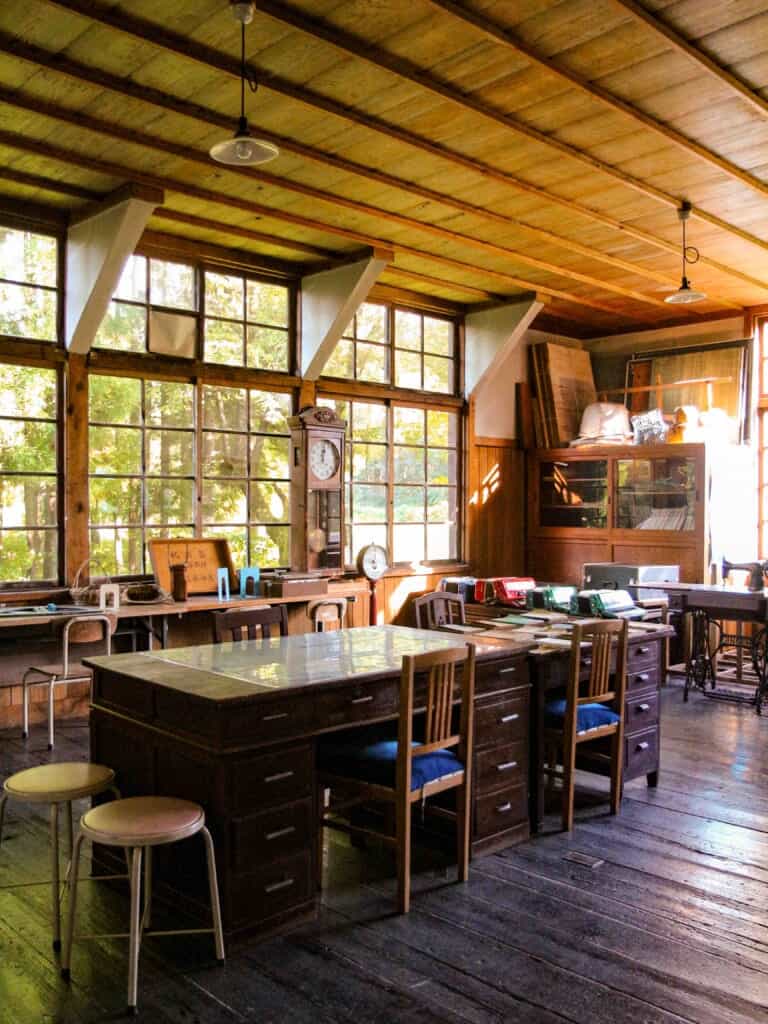
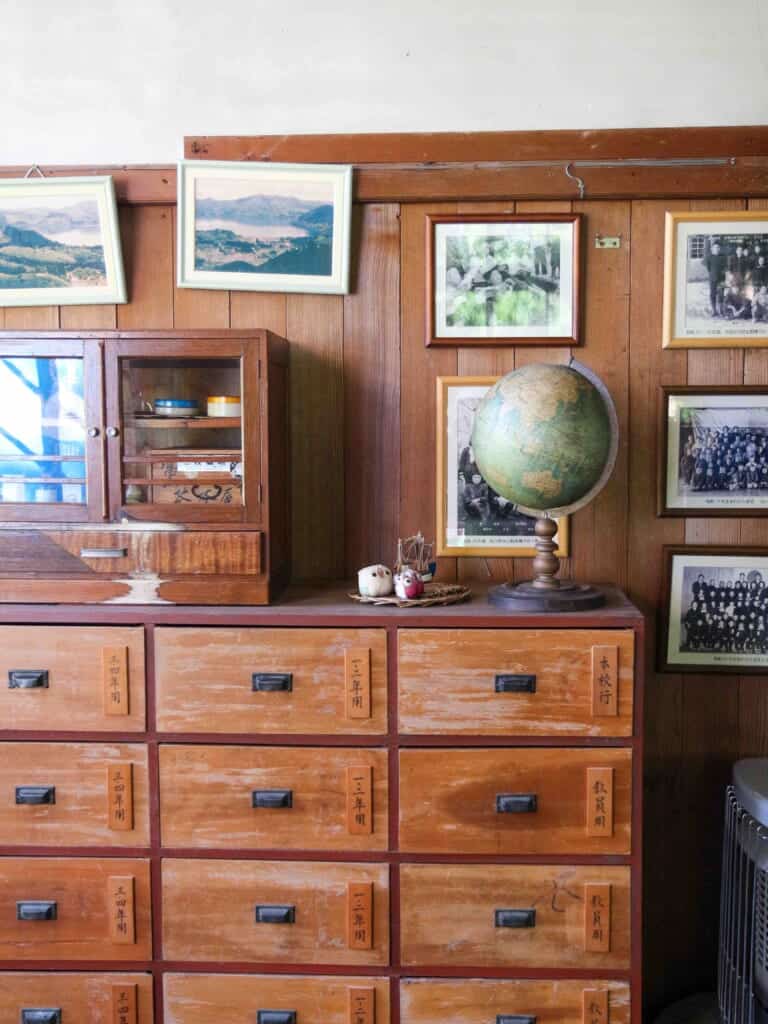
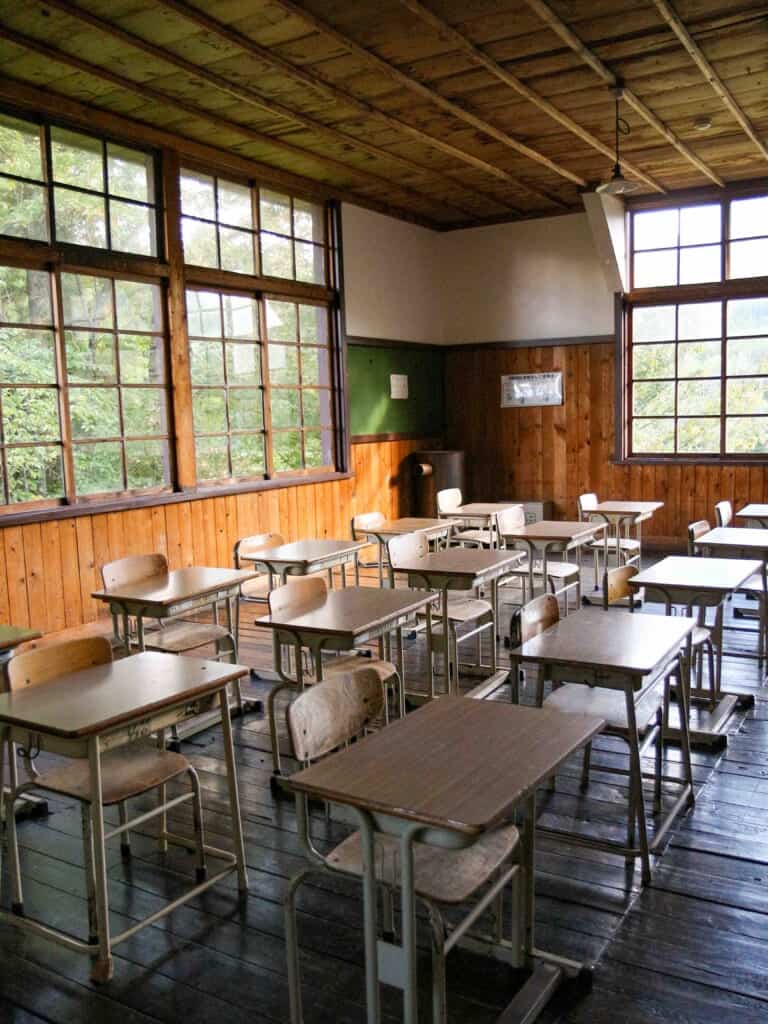
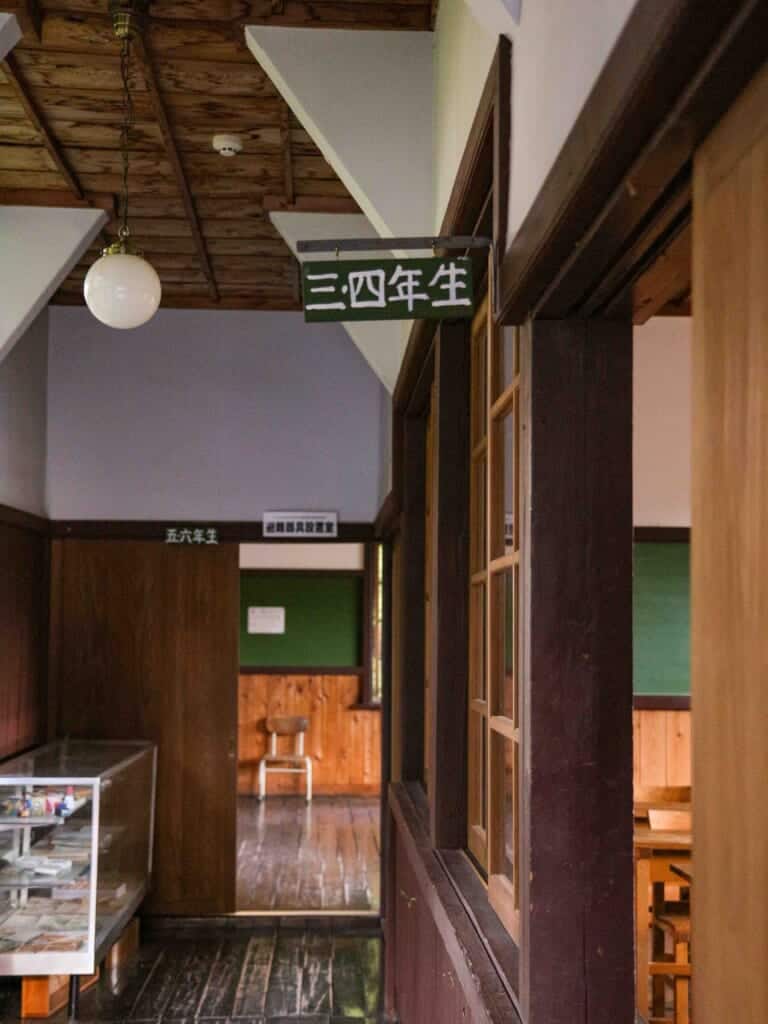
Check out our other articles for more ideas and inspiration on what to see and do in Semboku!
- Summer Activities in Semboku, Akita Prefecture: Tazawako, Nyuto Onsen and Kakunodate
- Nyuto Onsen: 7 Akita Hot Springs You Can Enjoy In All 4 Seasons
- Tazawako: The Best Place to Enjoy Japanese Powder Snow That Is Still A Secret
- Explore Akita prefecture on Two Amazing Trains
- The Farm To Table Cuisine of Akita’s Semboku City
Access to Semboku City
Taking the Akita Shinkansen from Tokyo, you can access Semboku City via two Shinkansen stops, Kakunodate (3h 10min.) or Tazawako (2h 51min.). After arriving at Semboku City, you can use the extensive bus network that covers Kakunodate, Tazawako, and Nyuto Onsenkyo.
Semboku solidifies its special place in my heart. Not only does it have charming nature, but the variety of things you can do to experience the culture and history also makes it a well-rounded destination to get a deep dive into getting to know this region of Japan.
Sponsored by Semboku City


